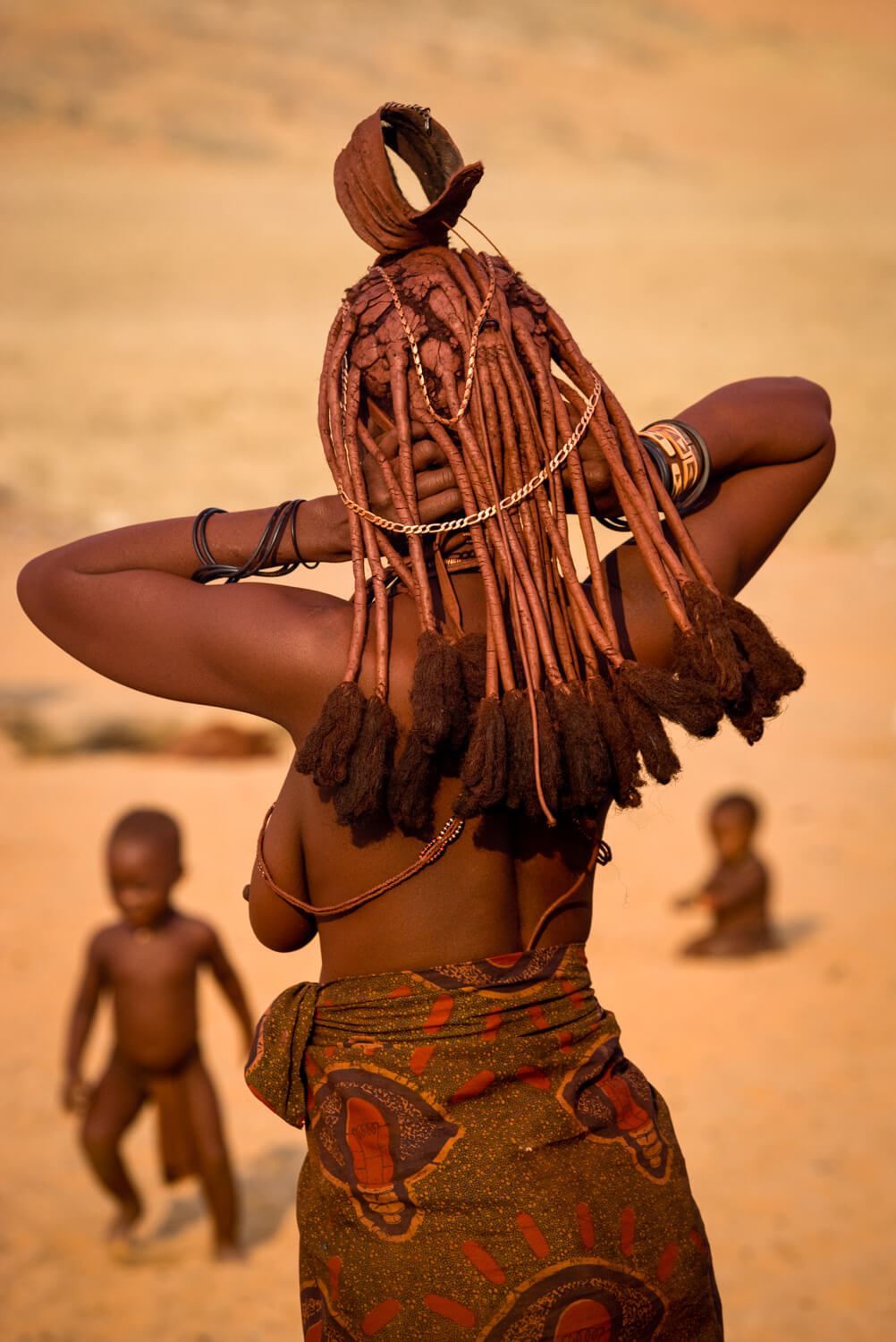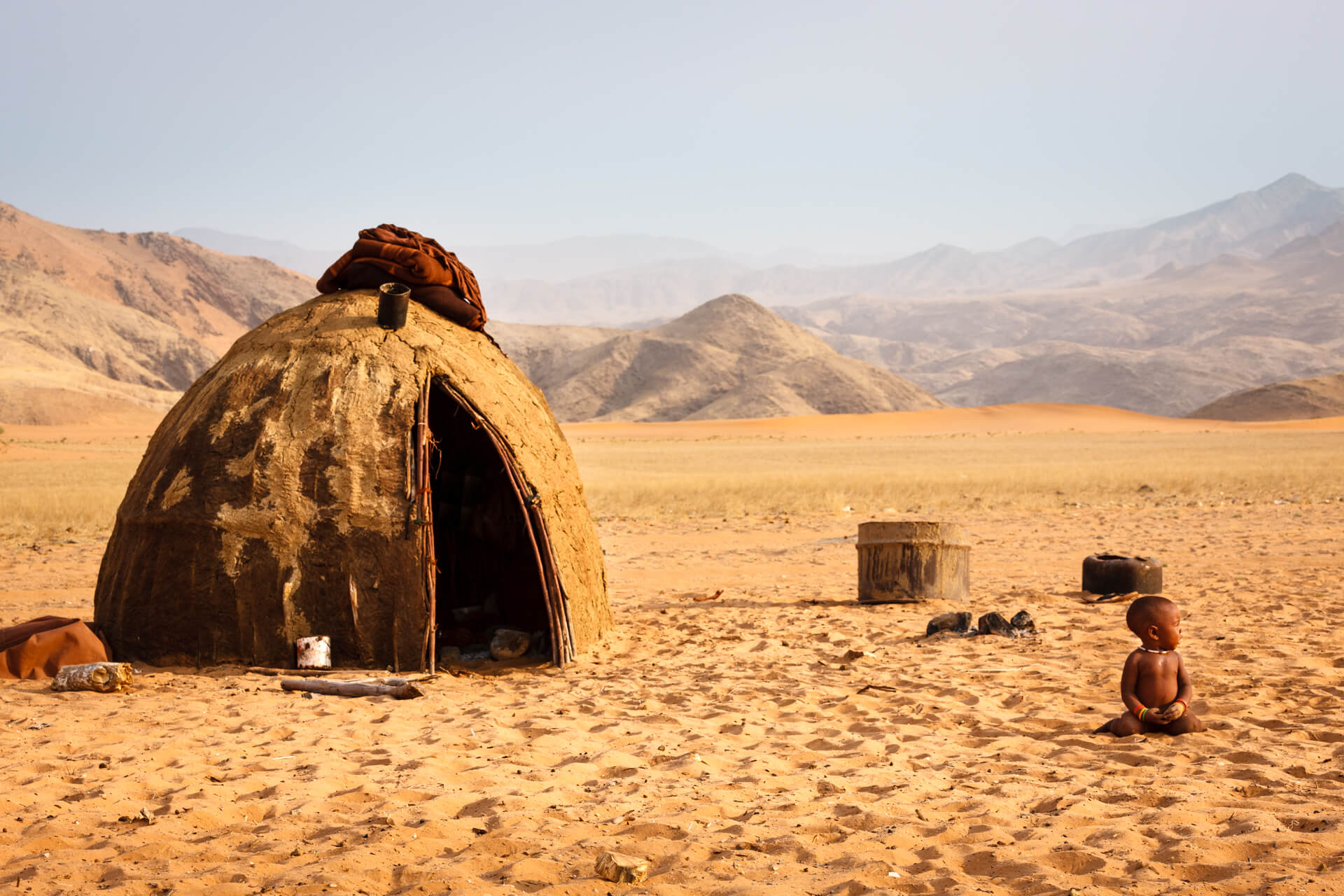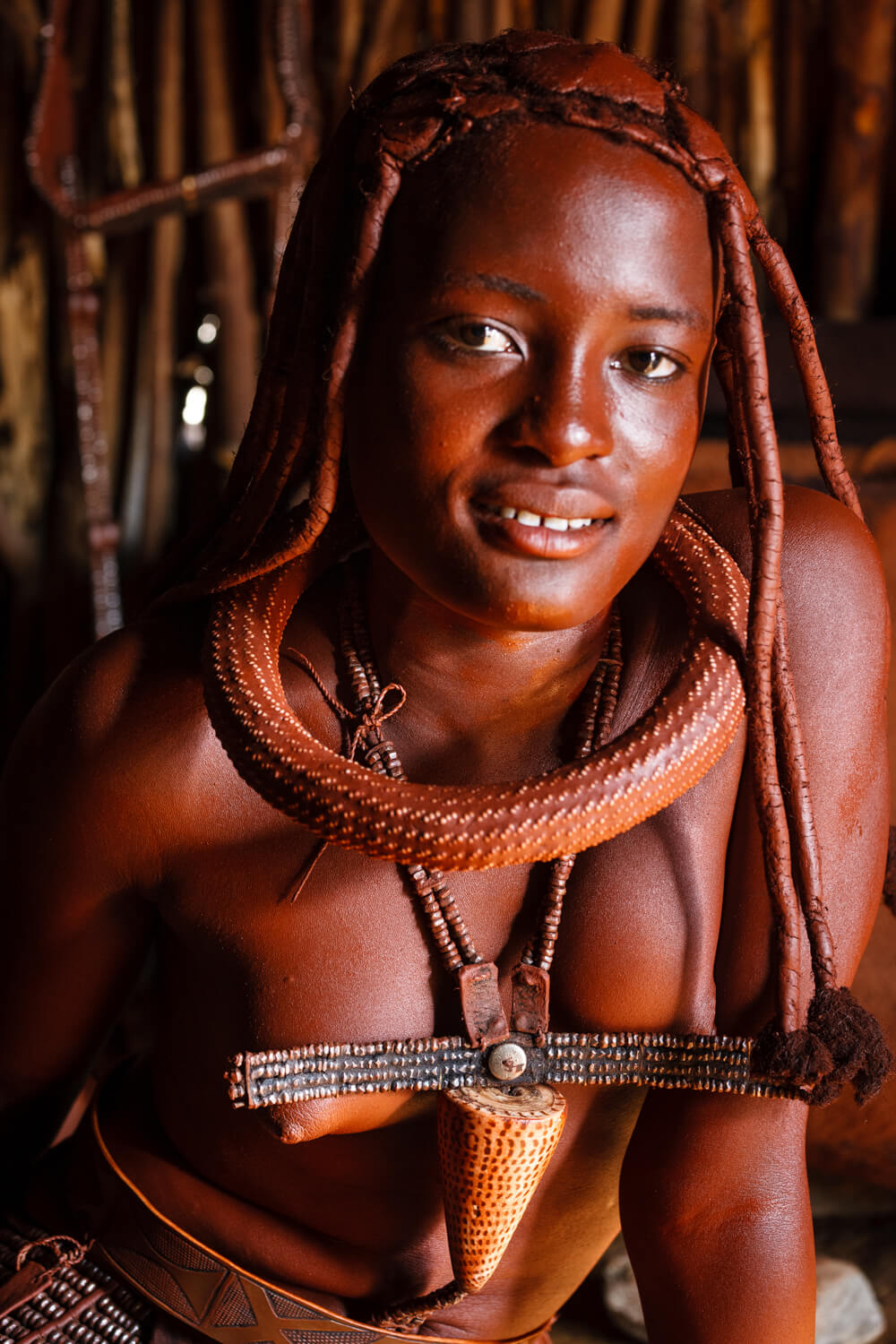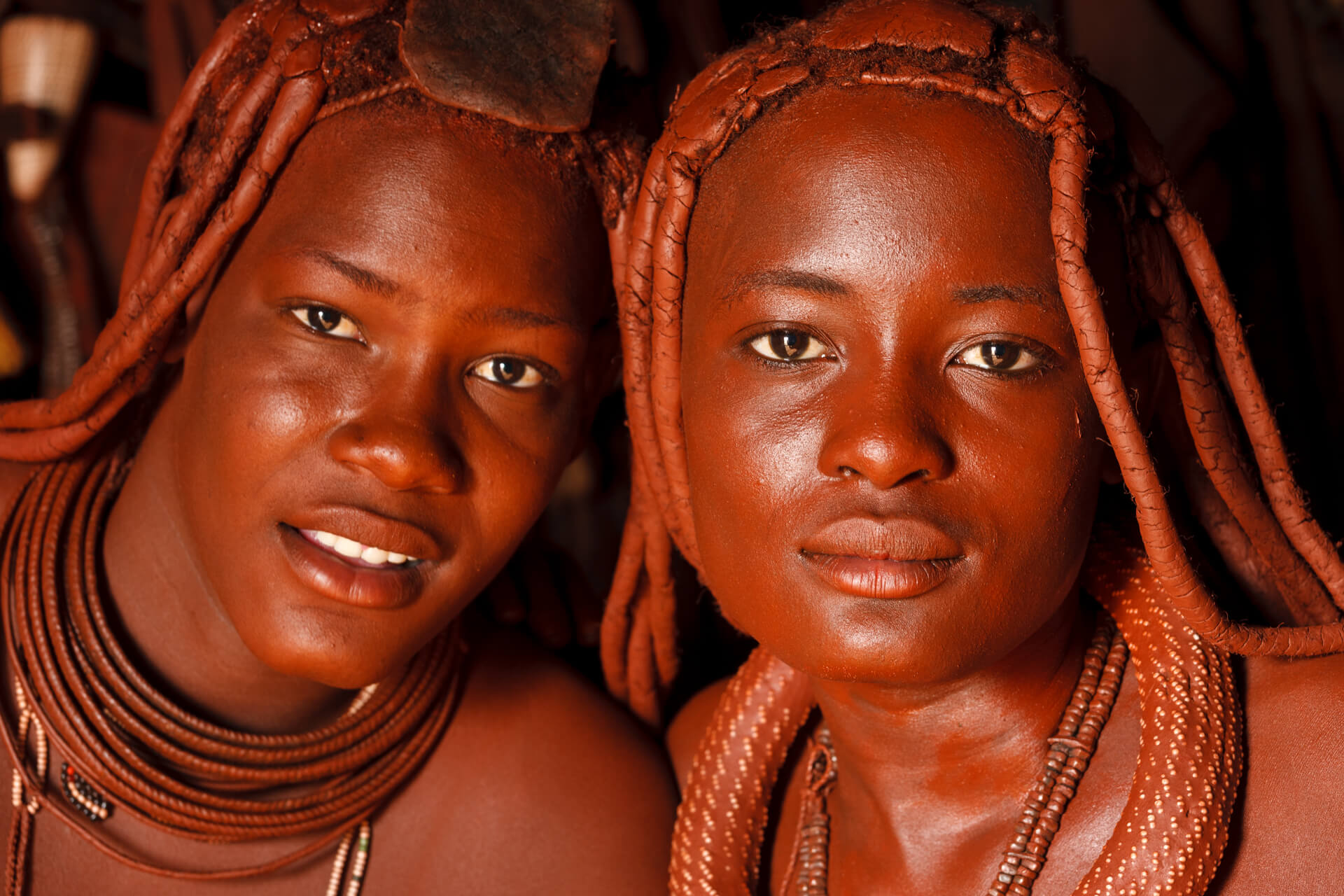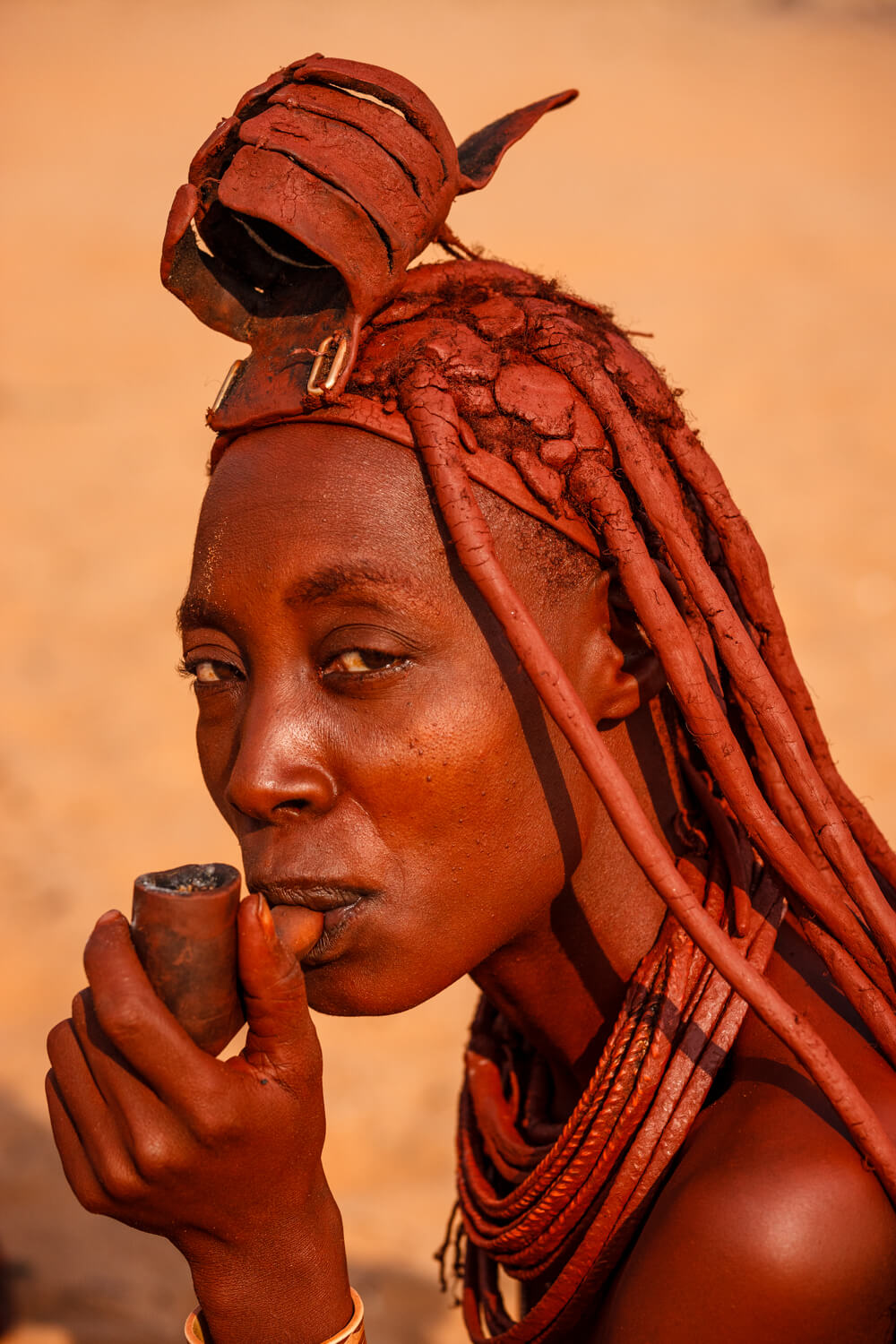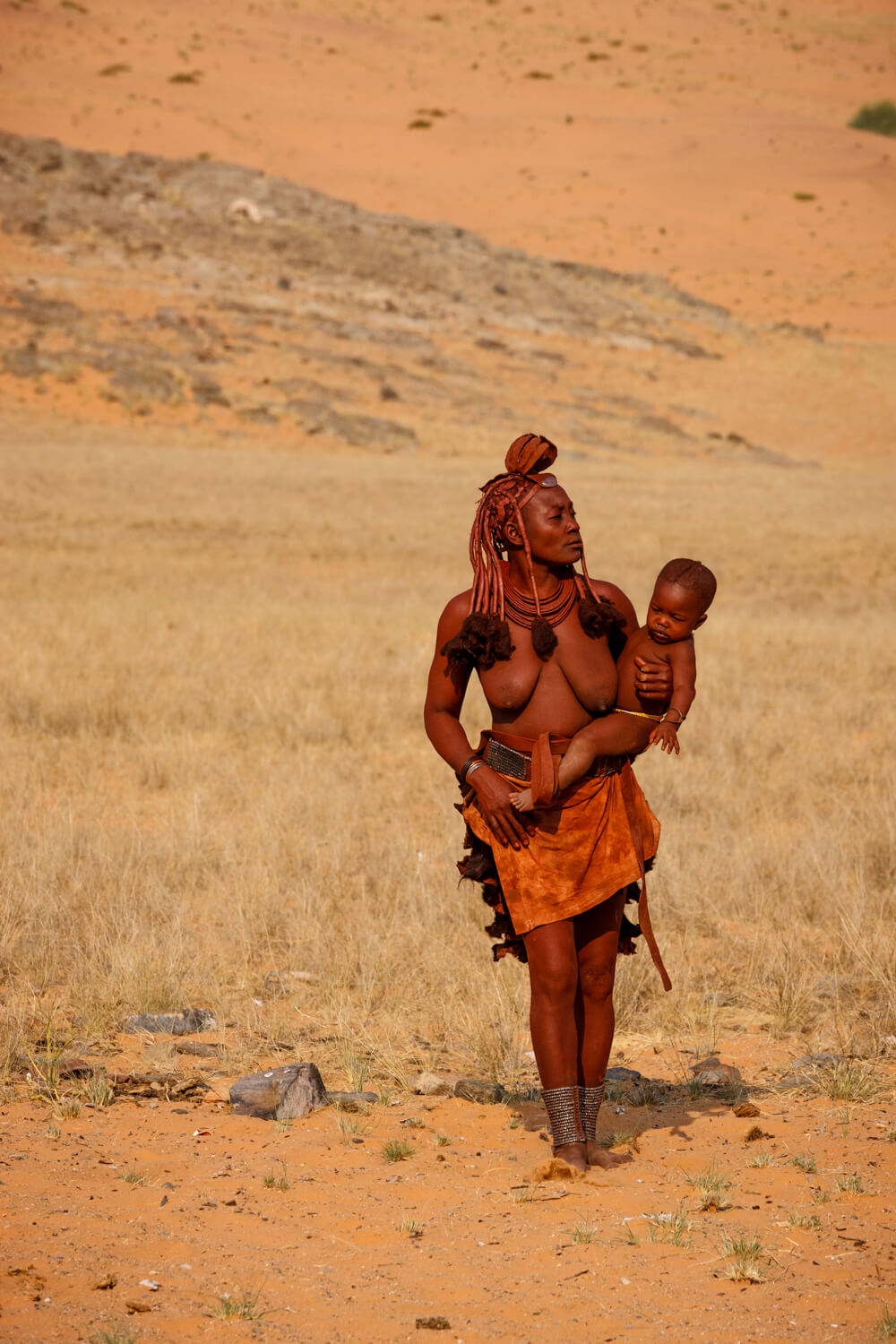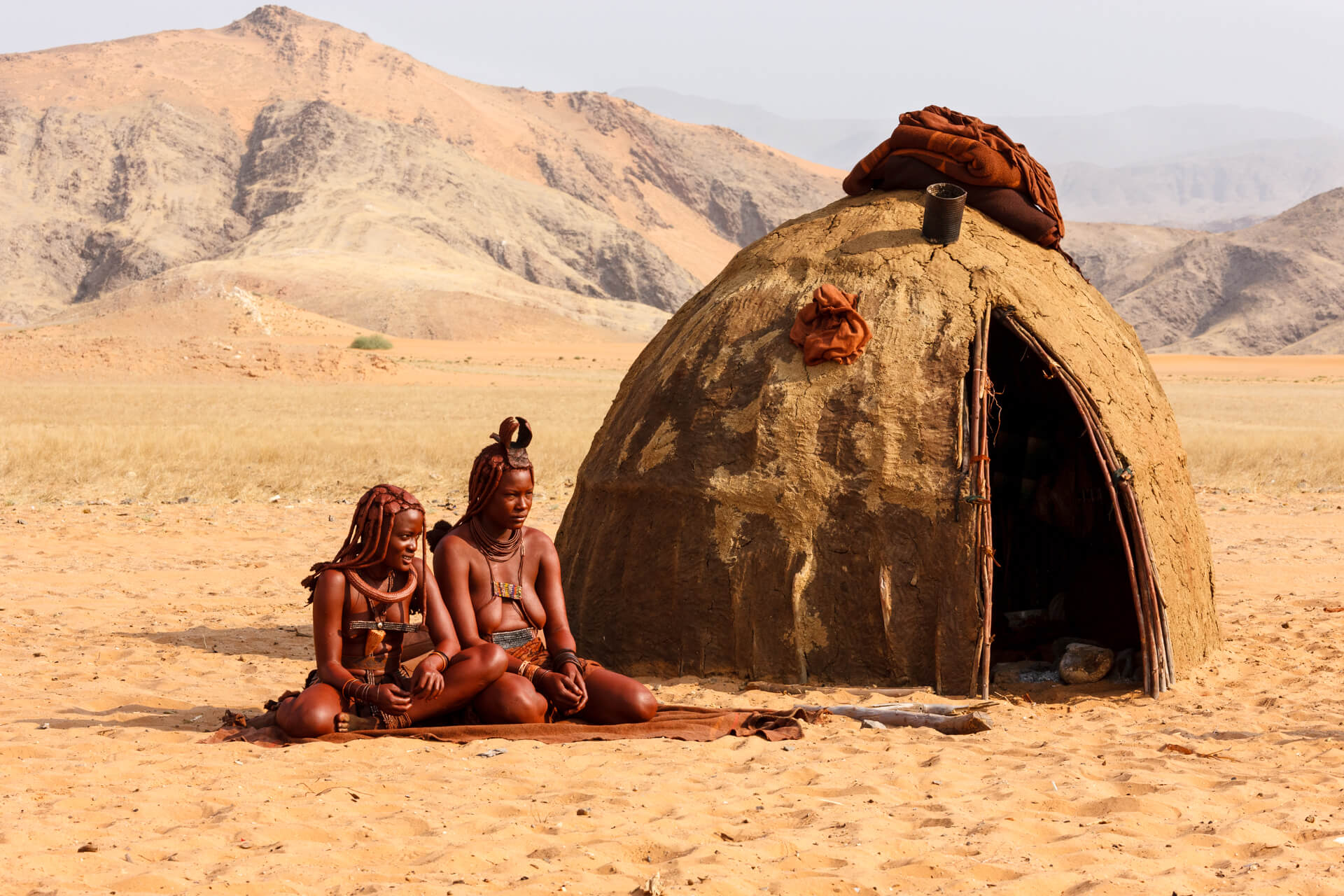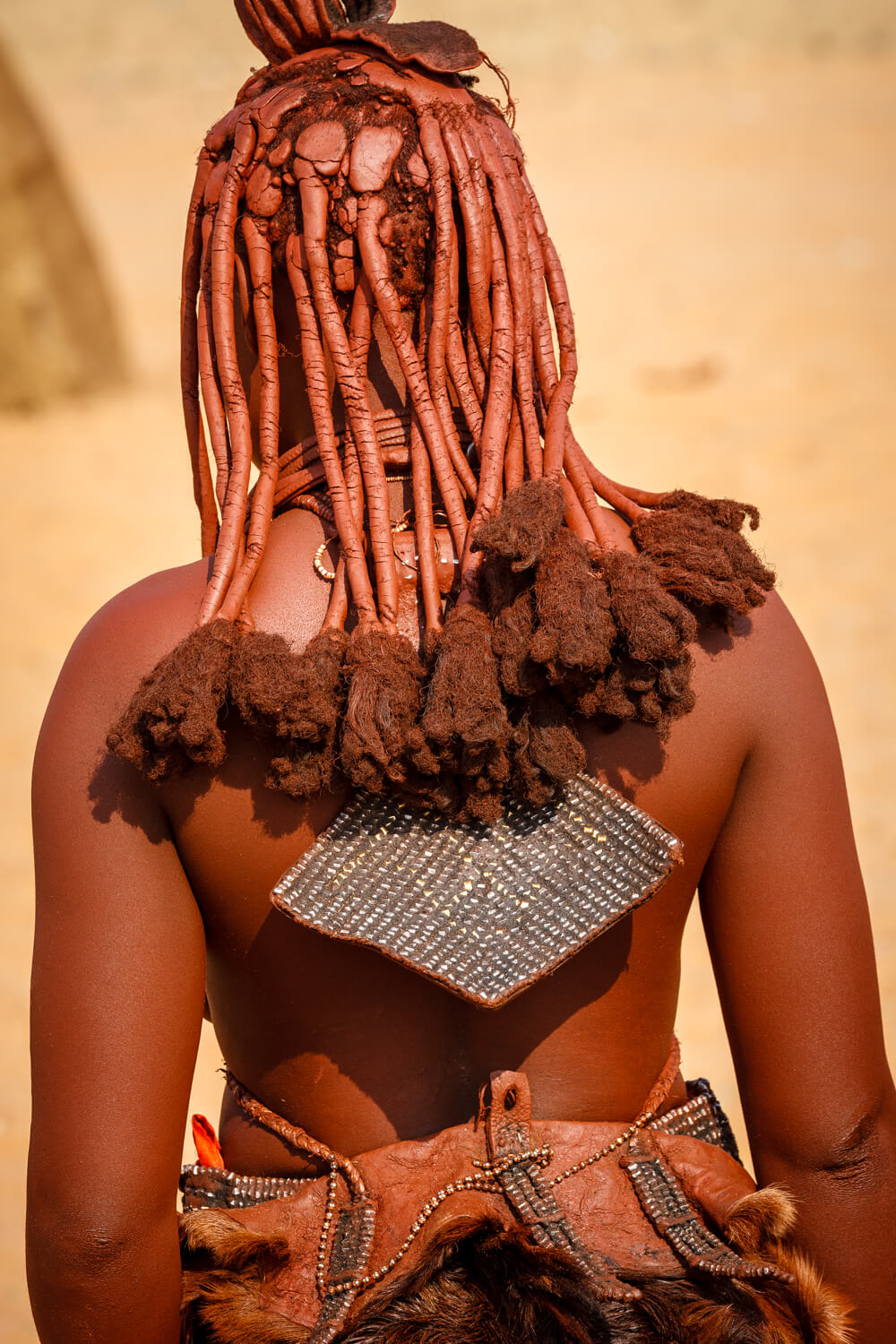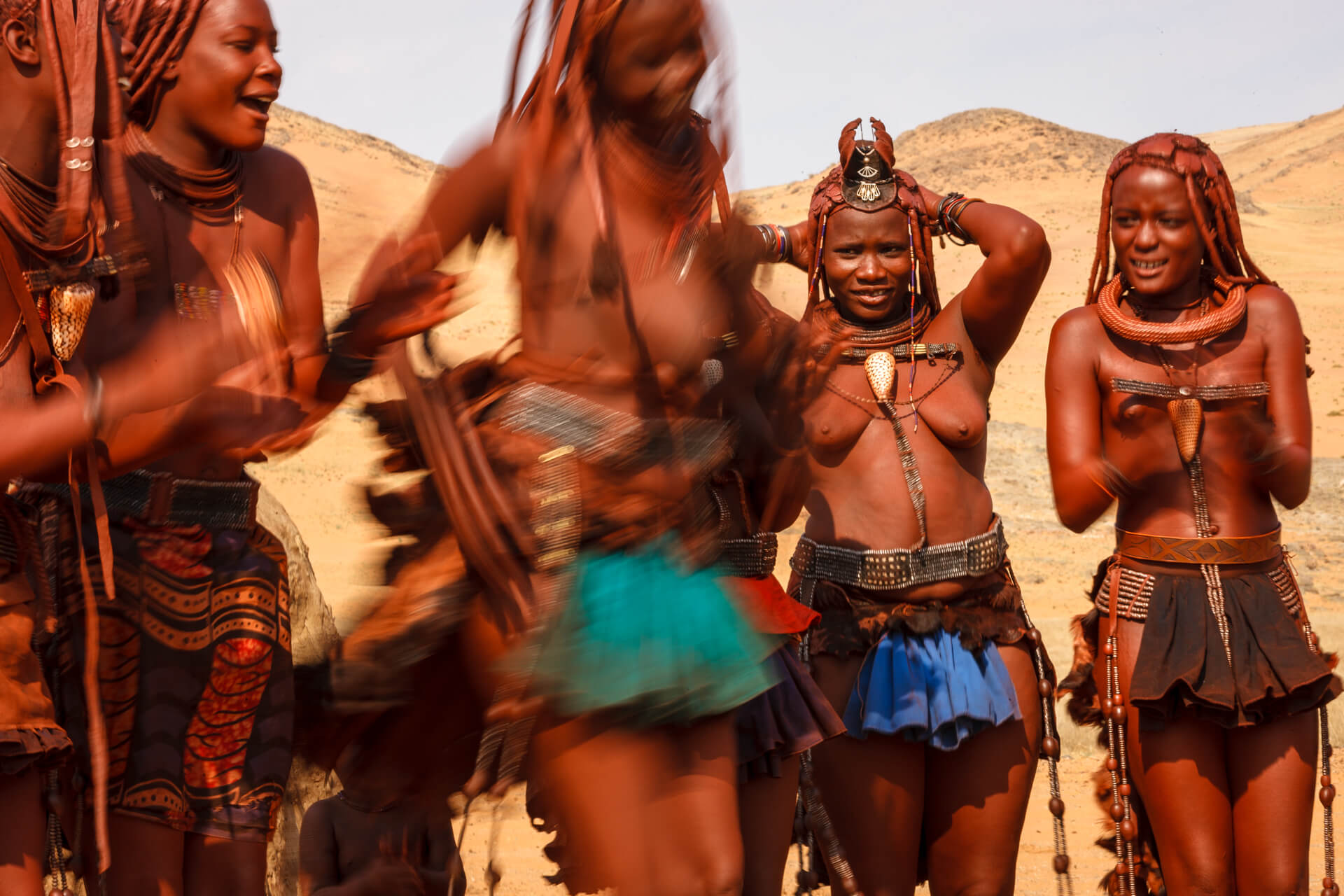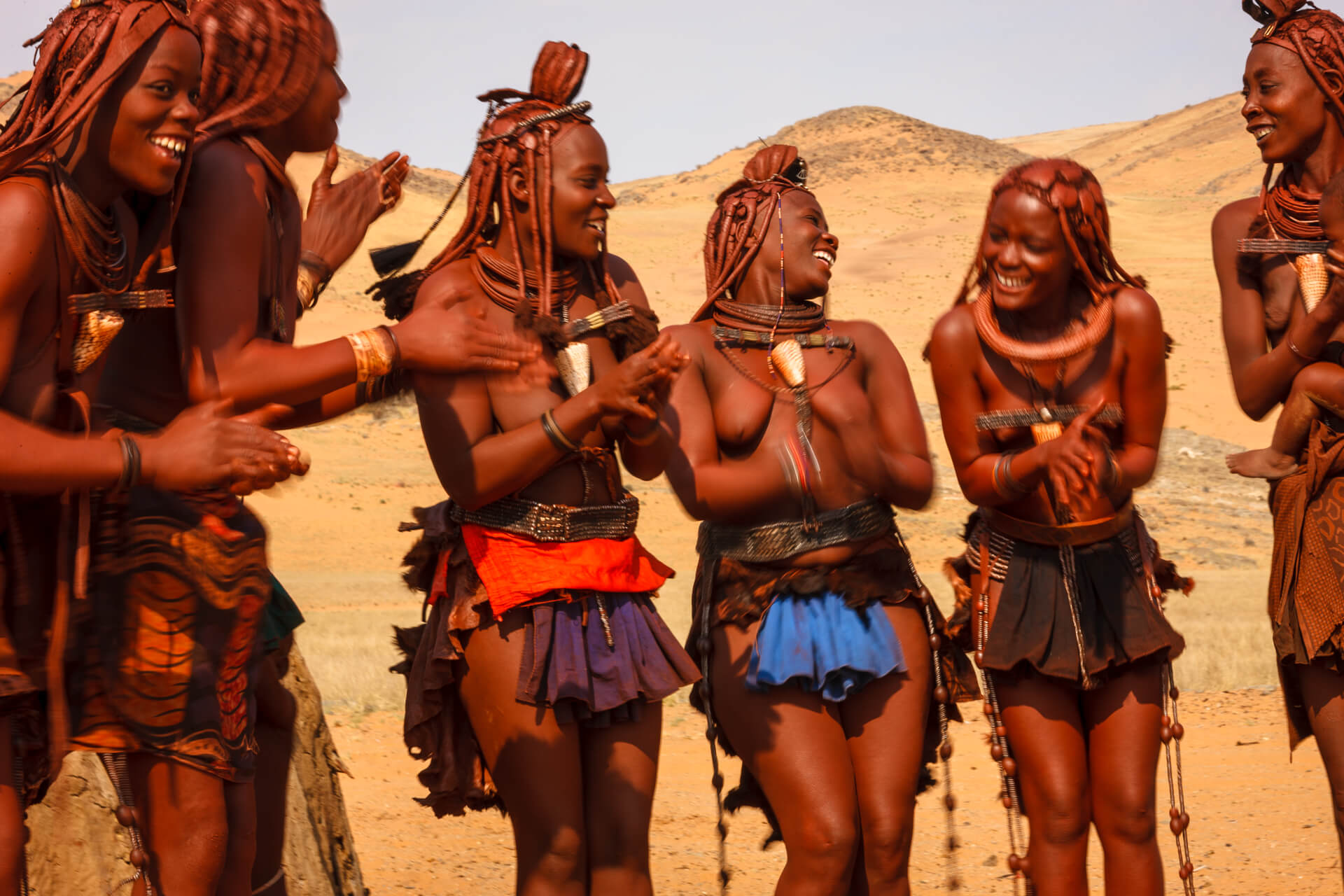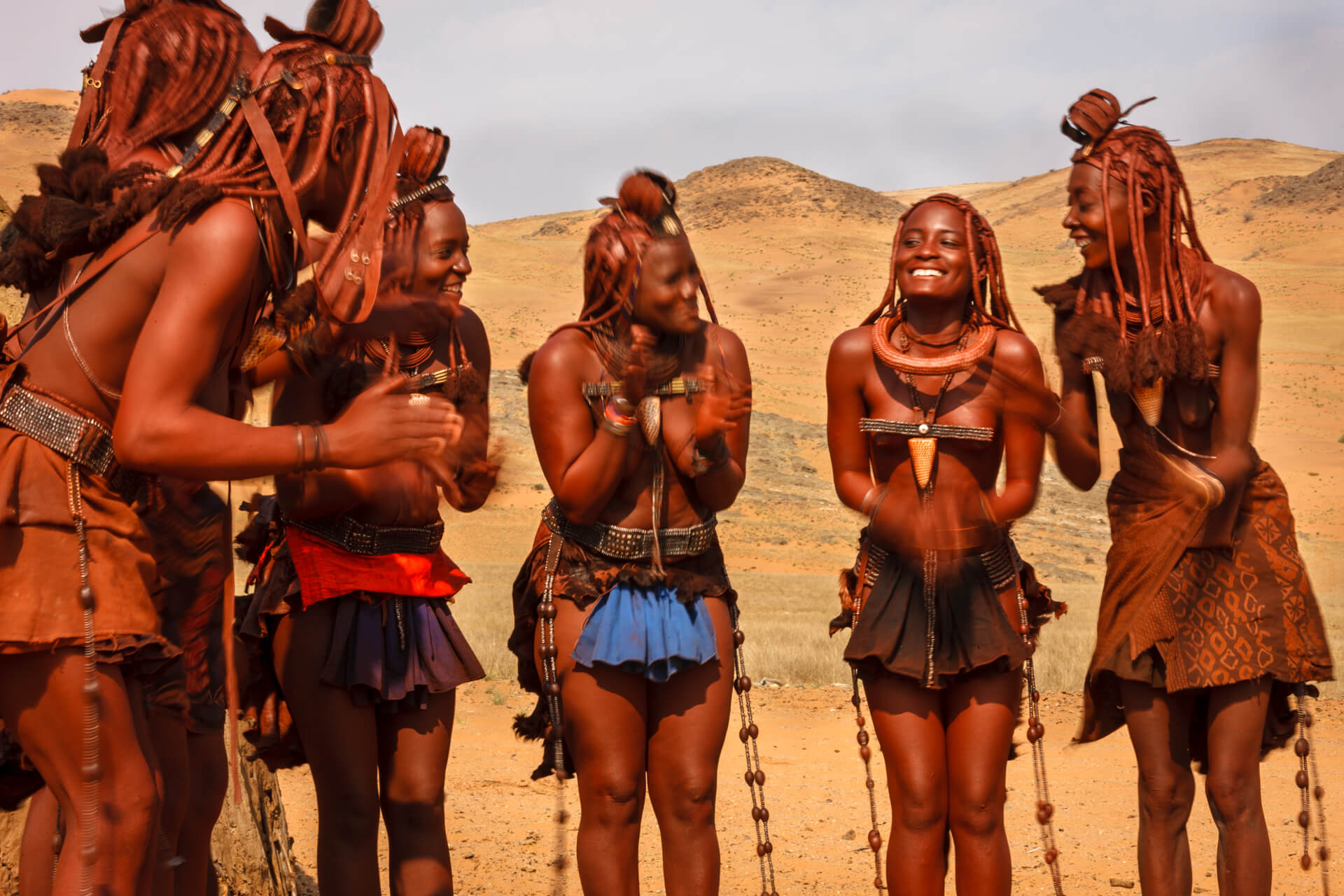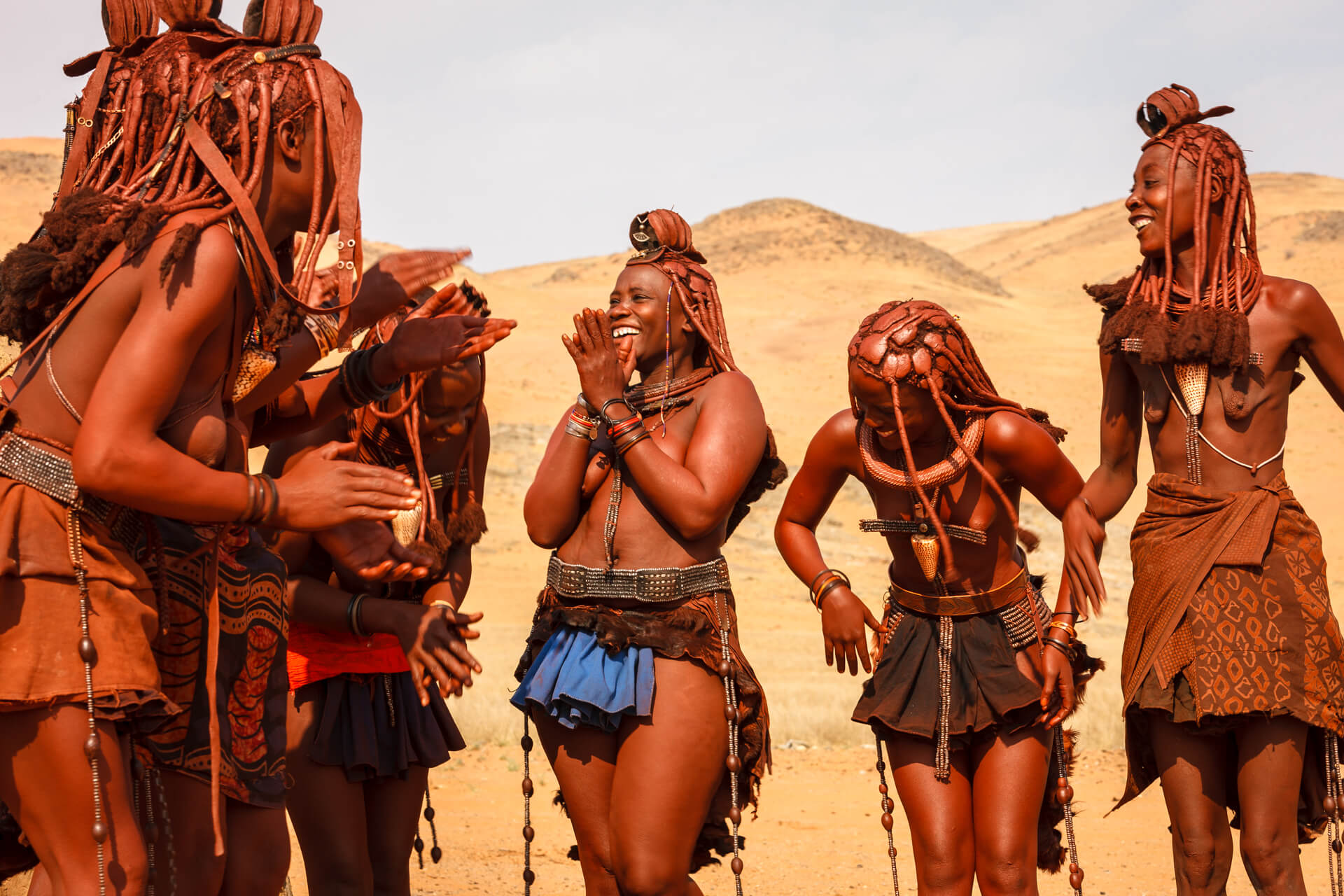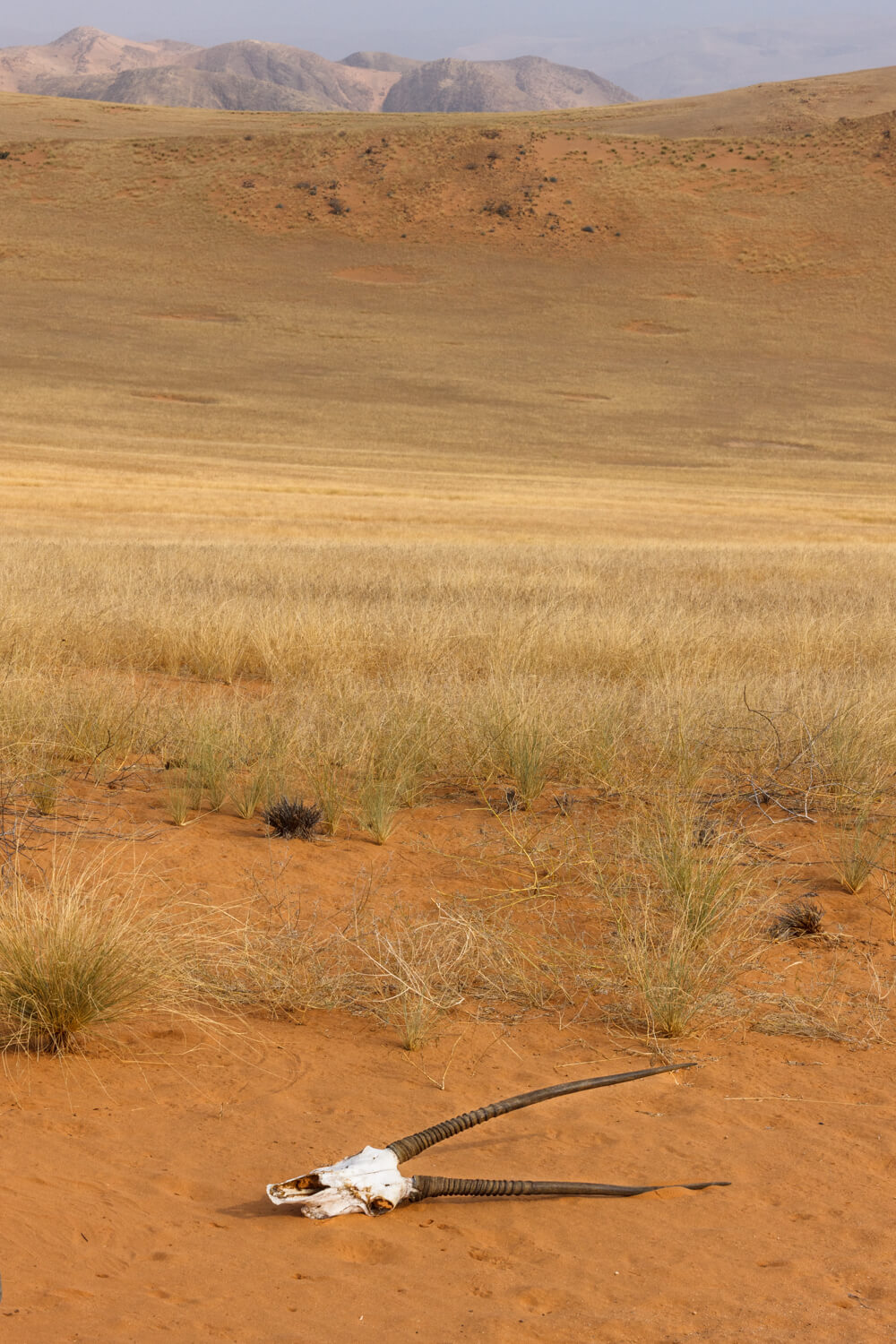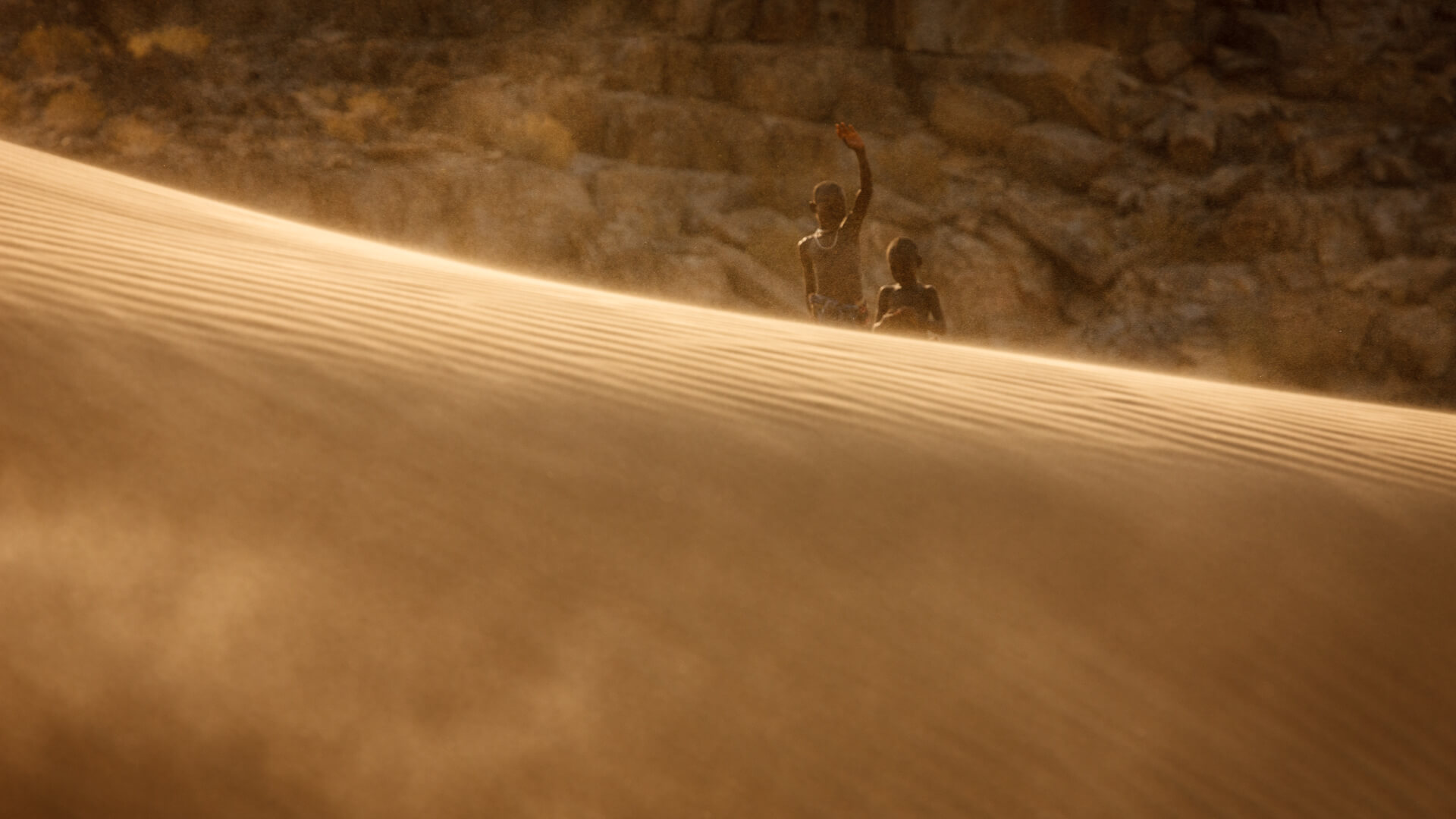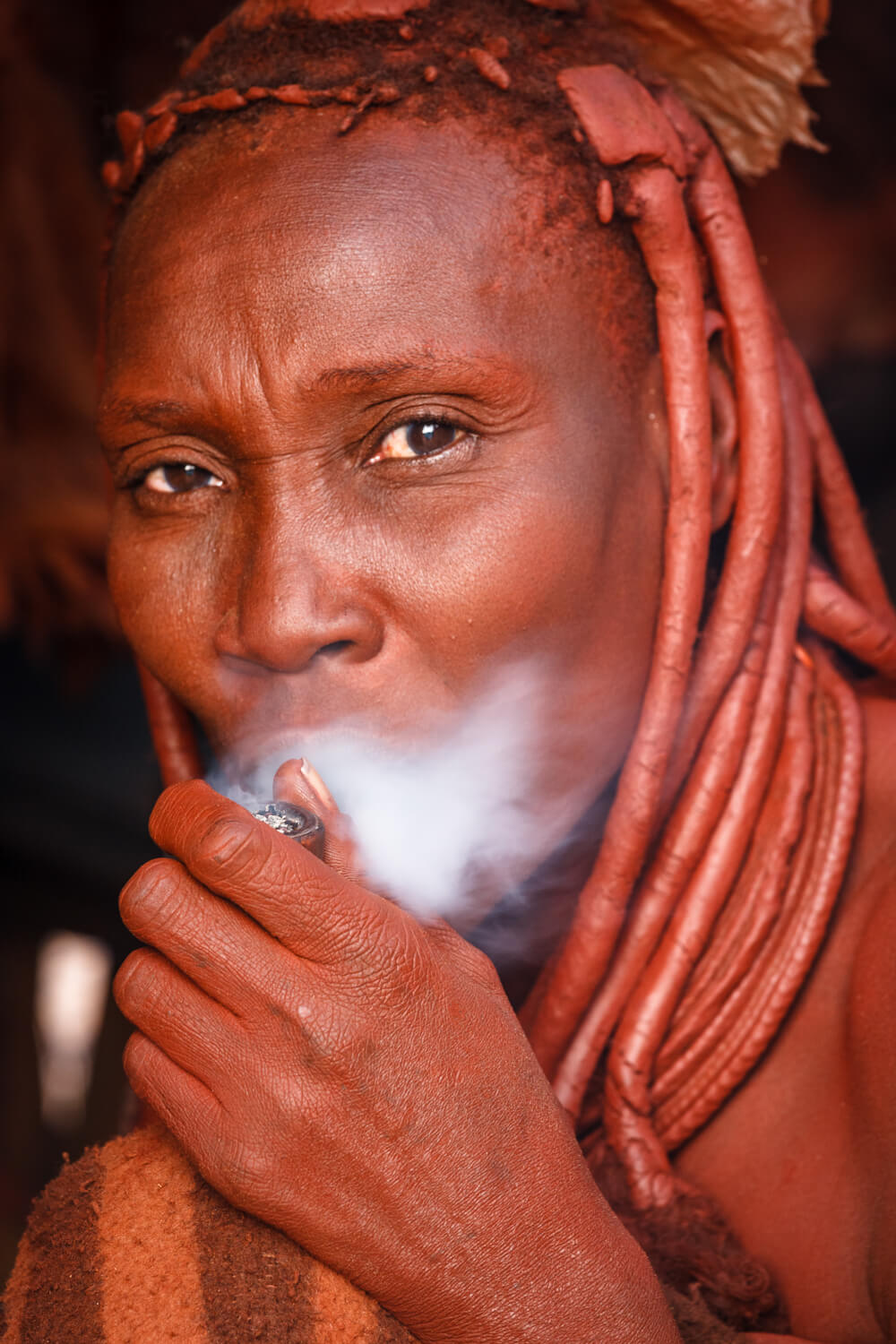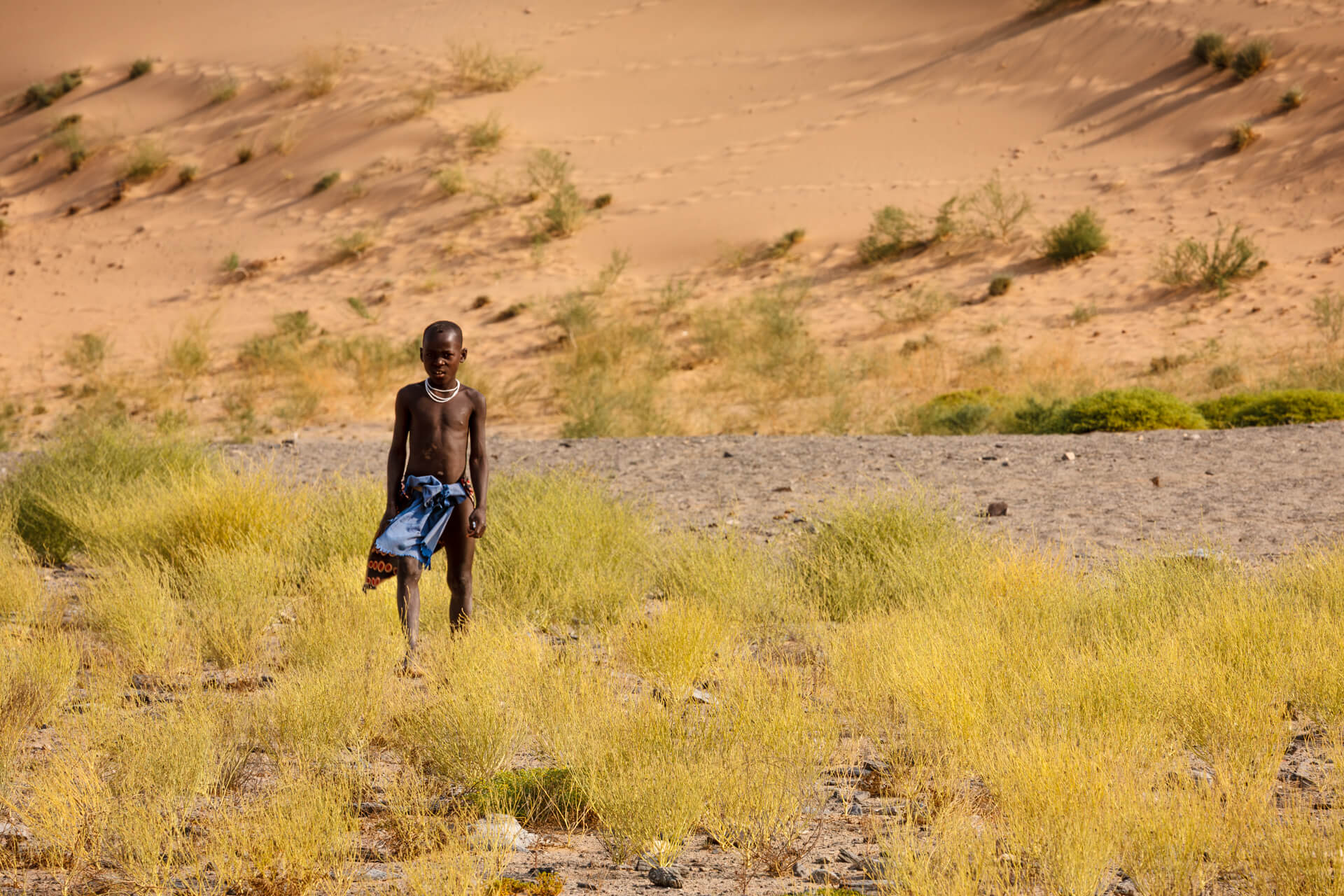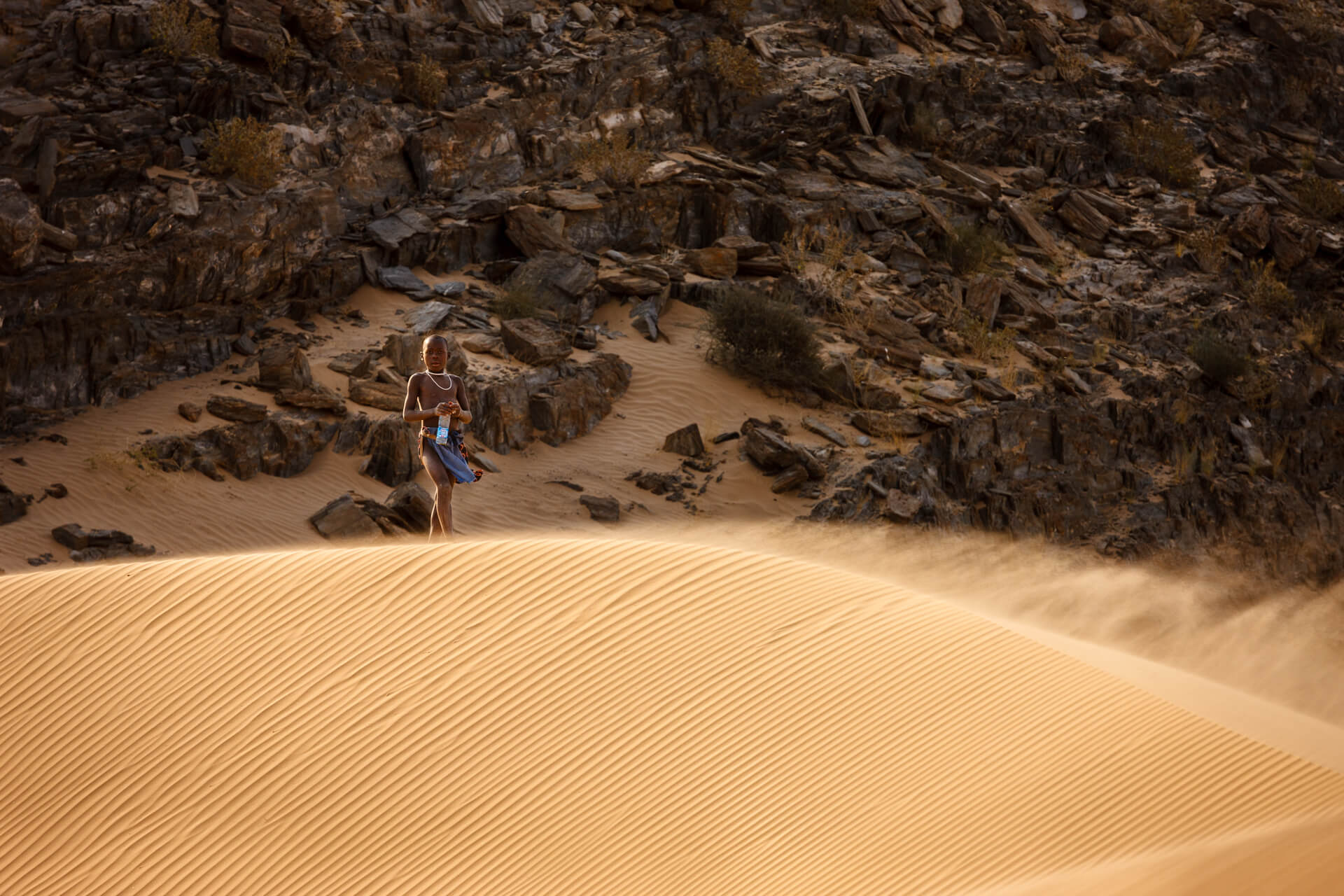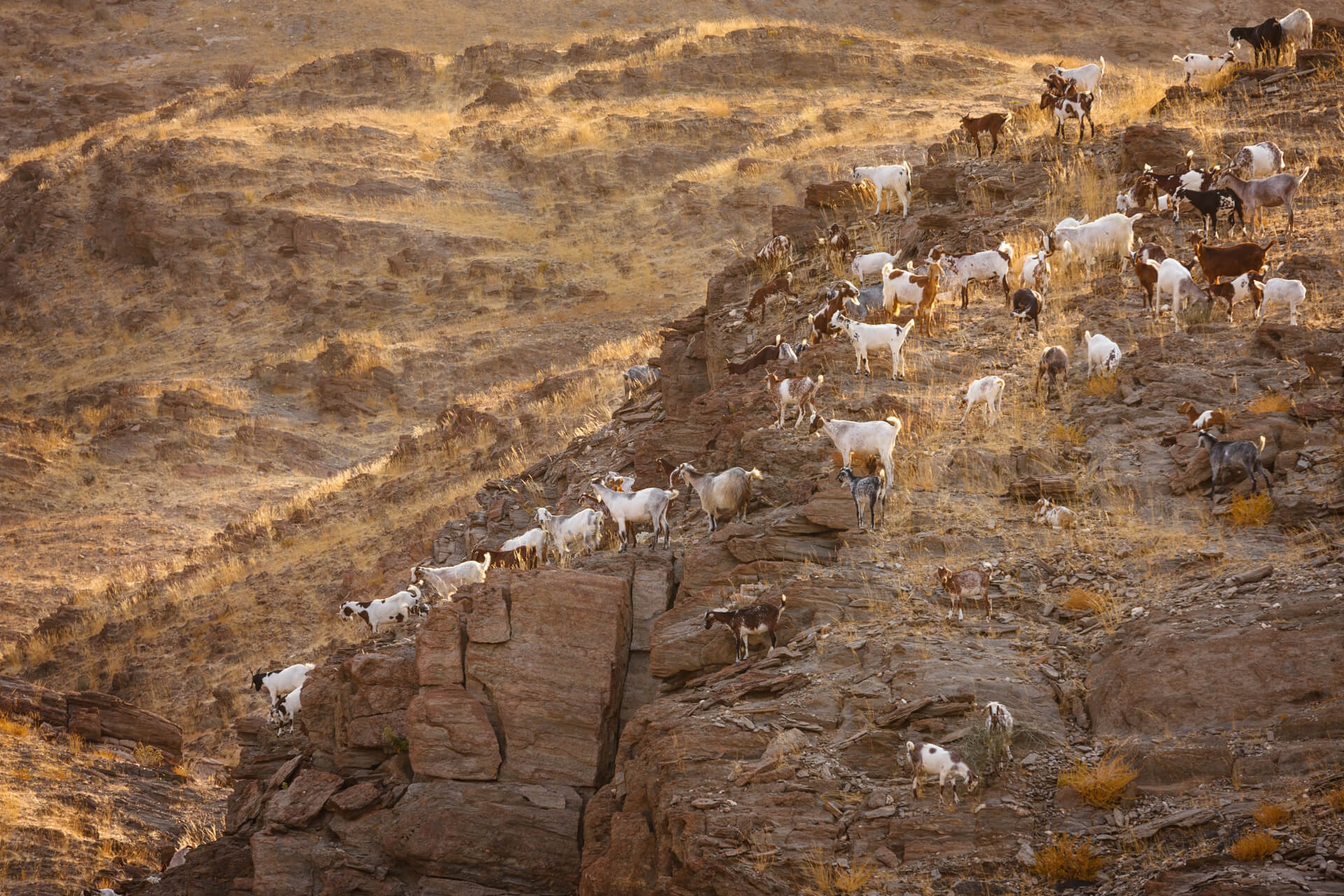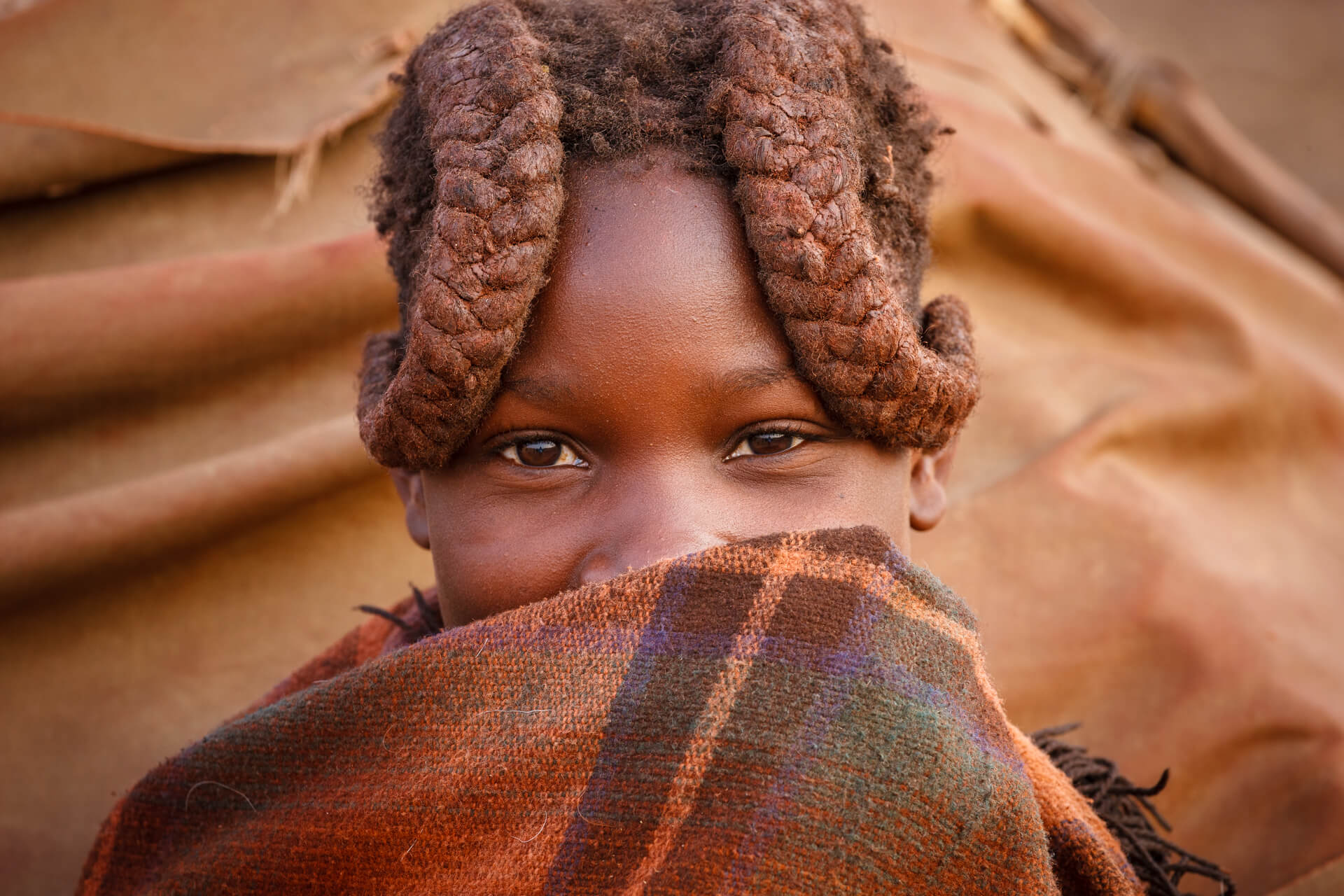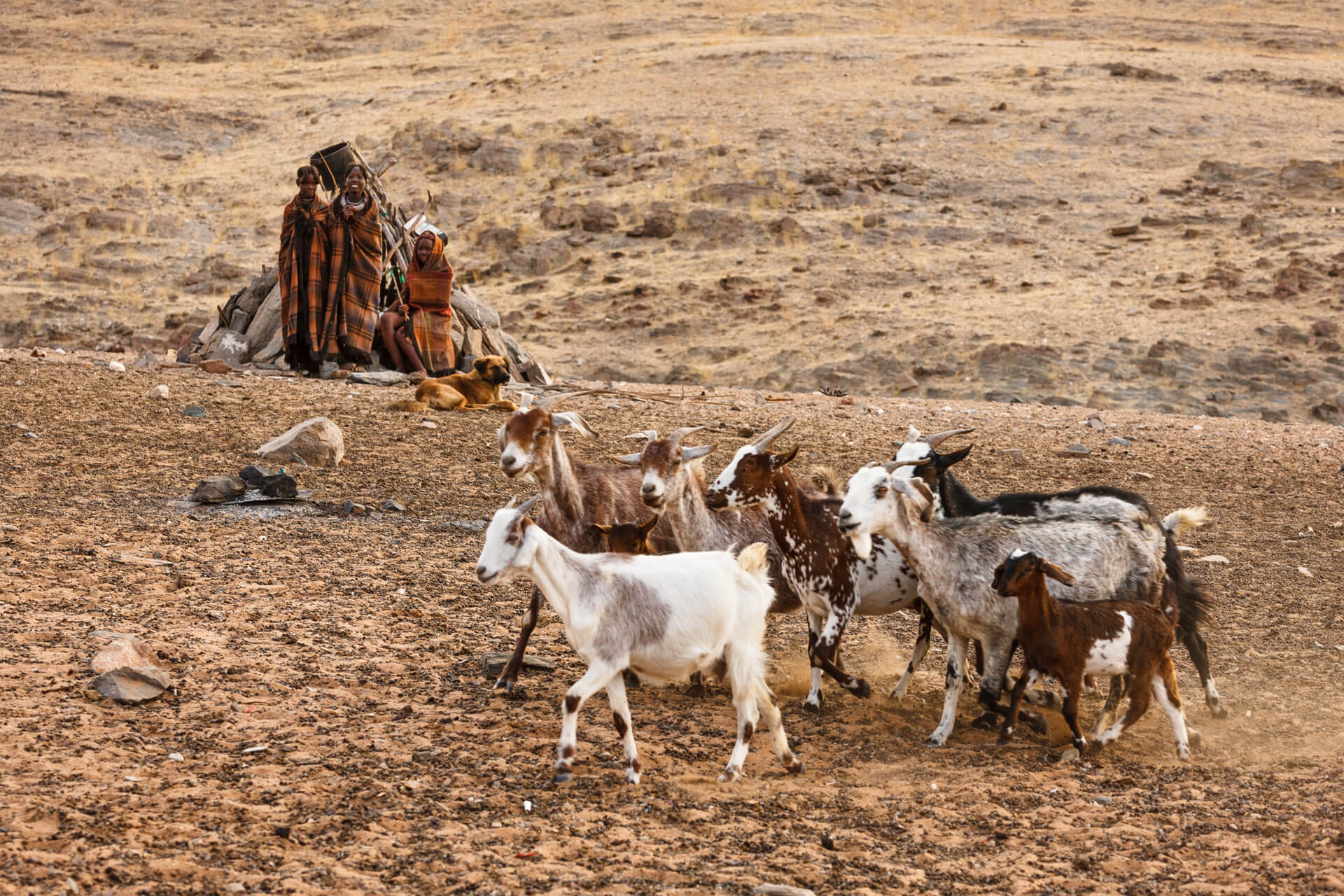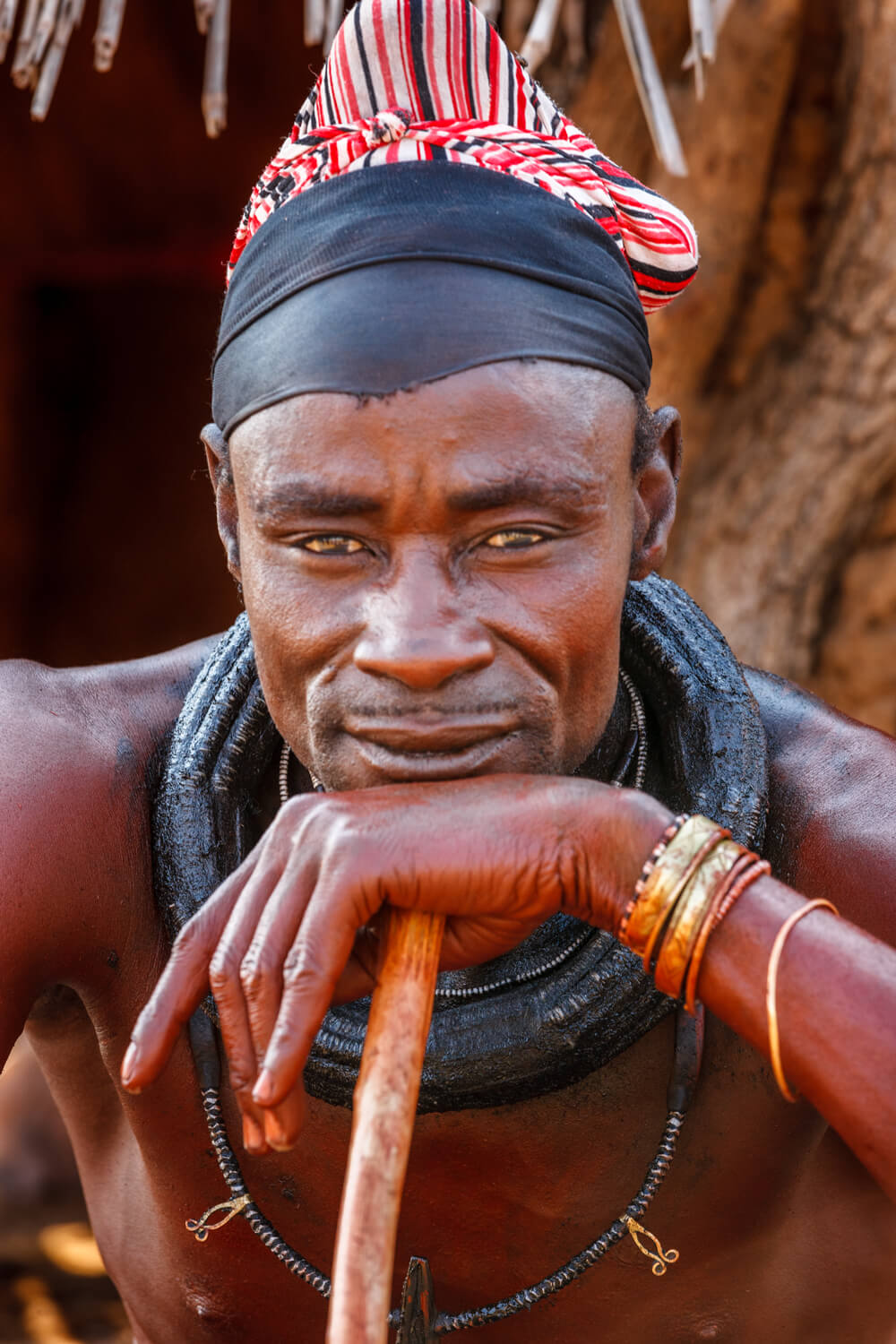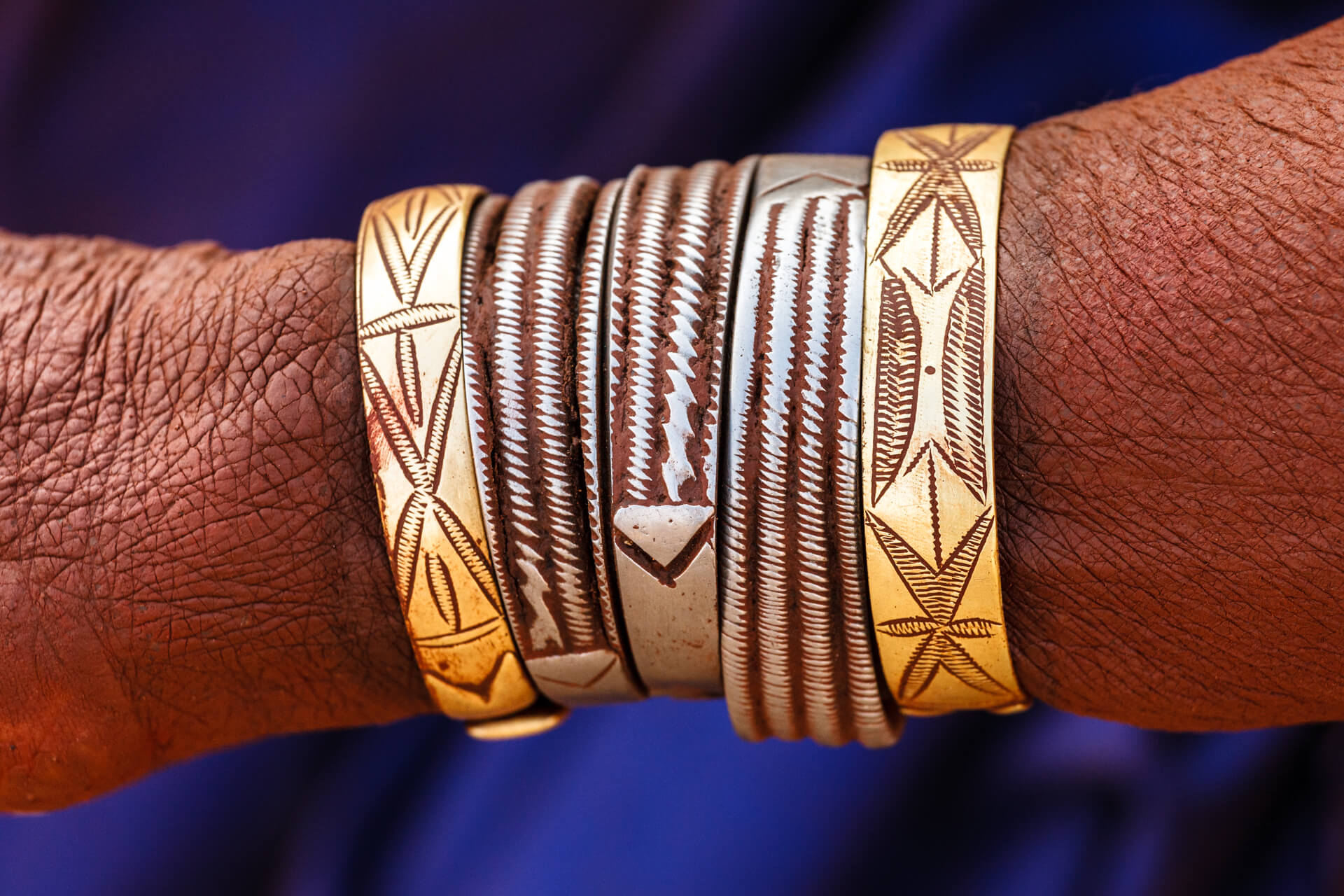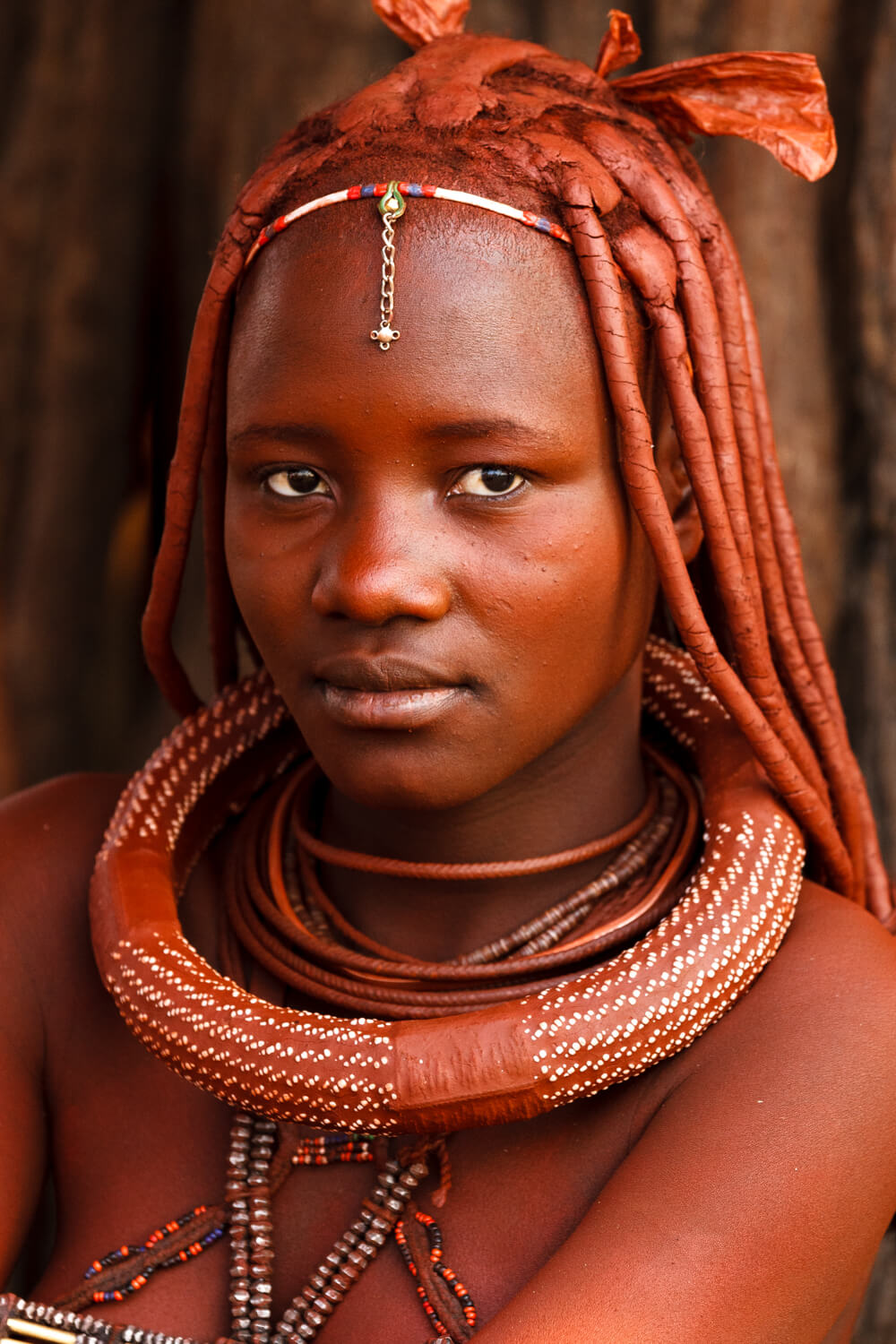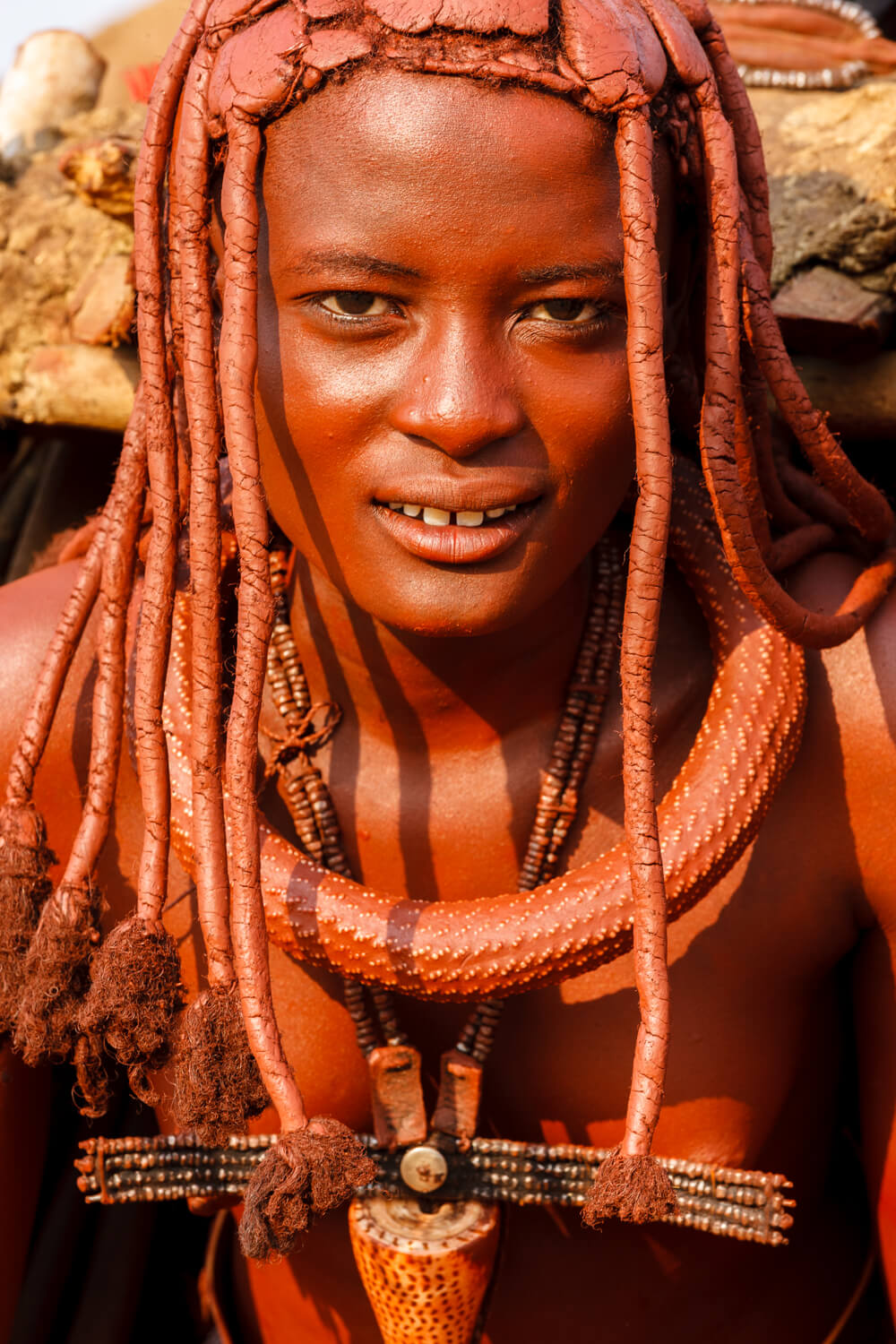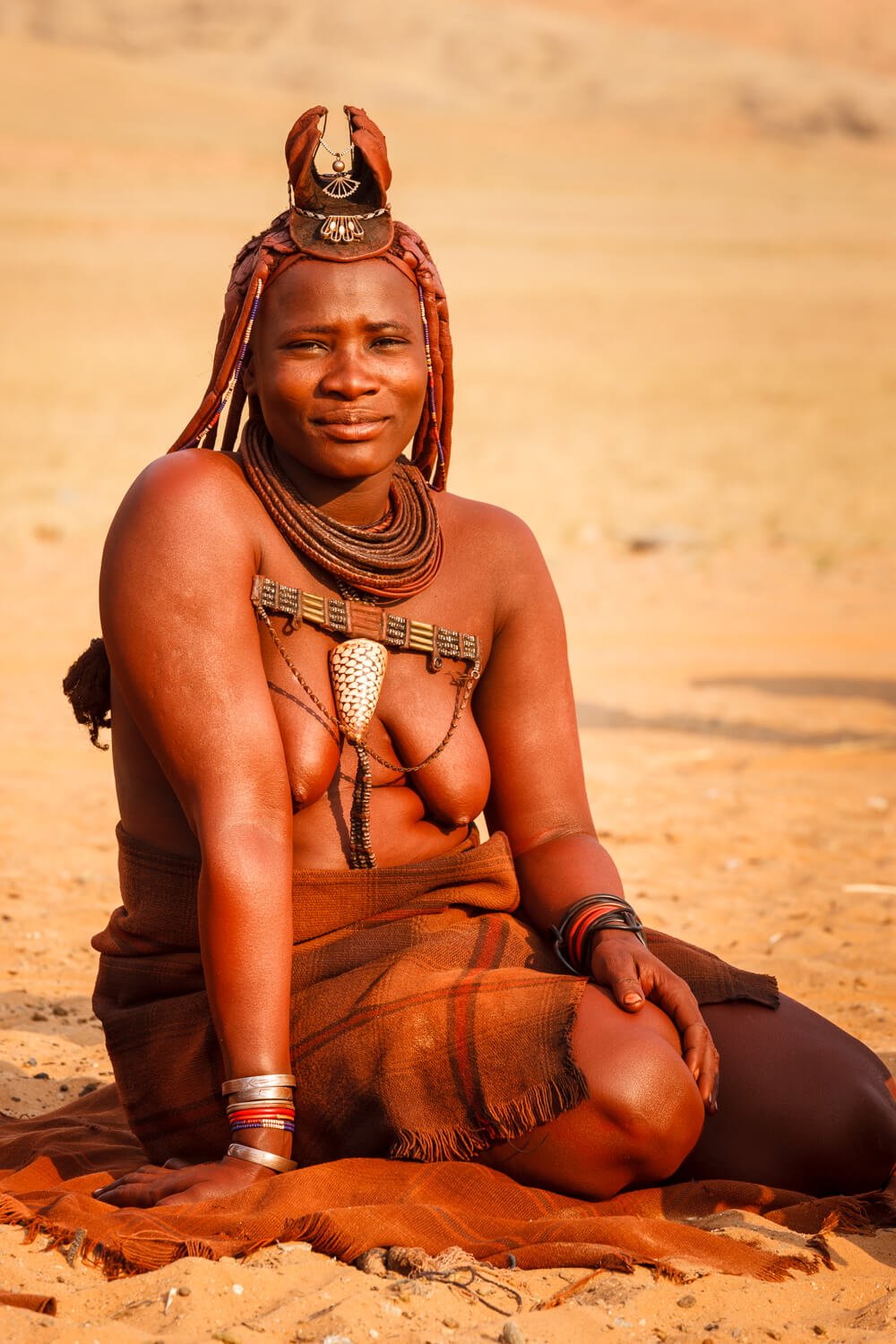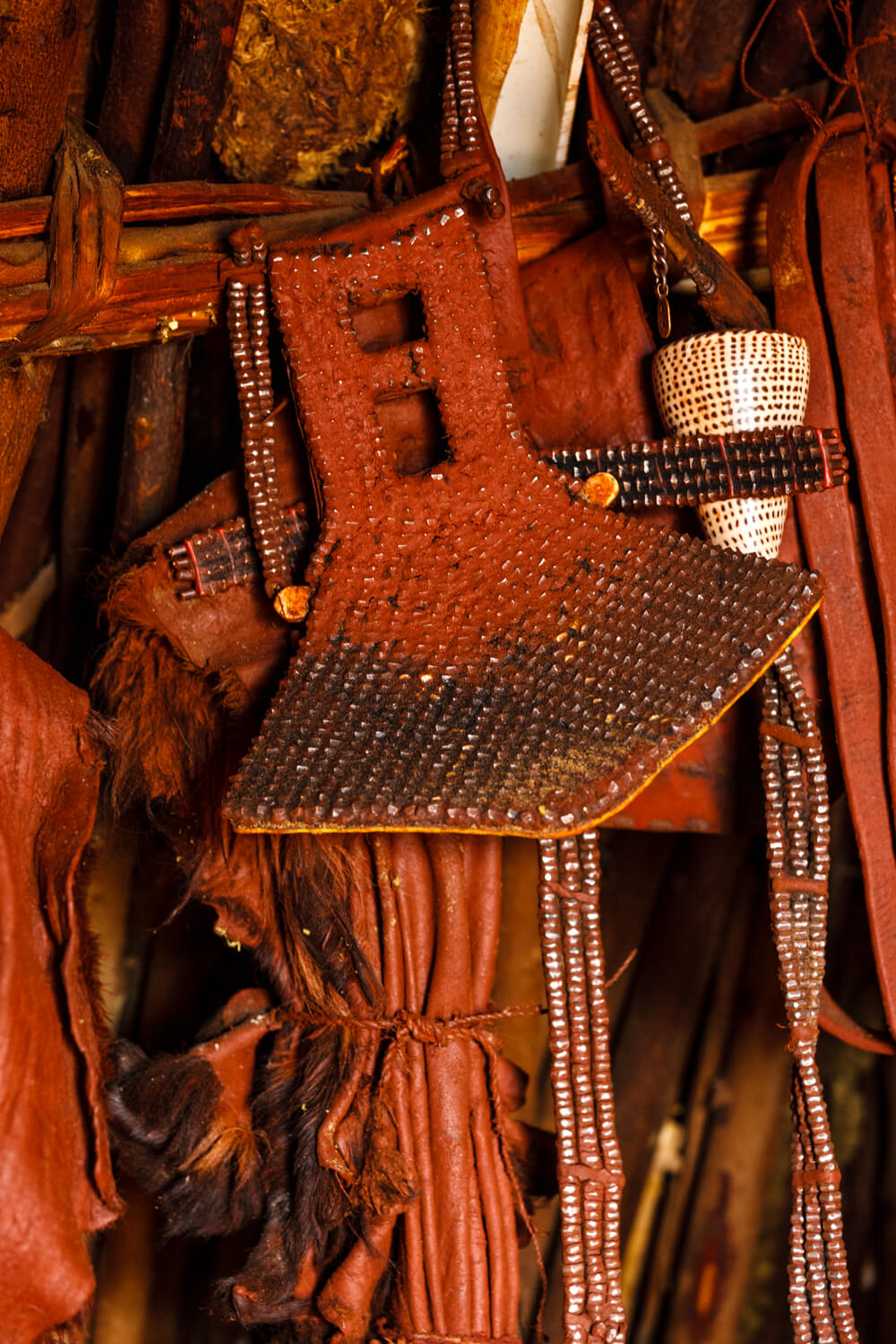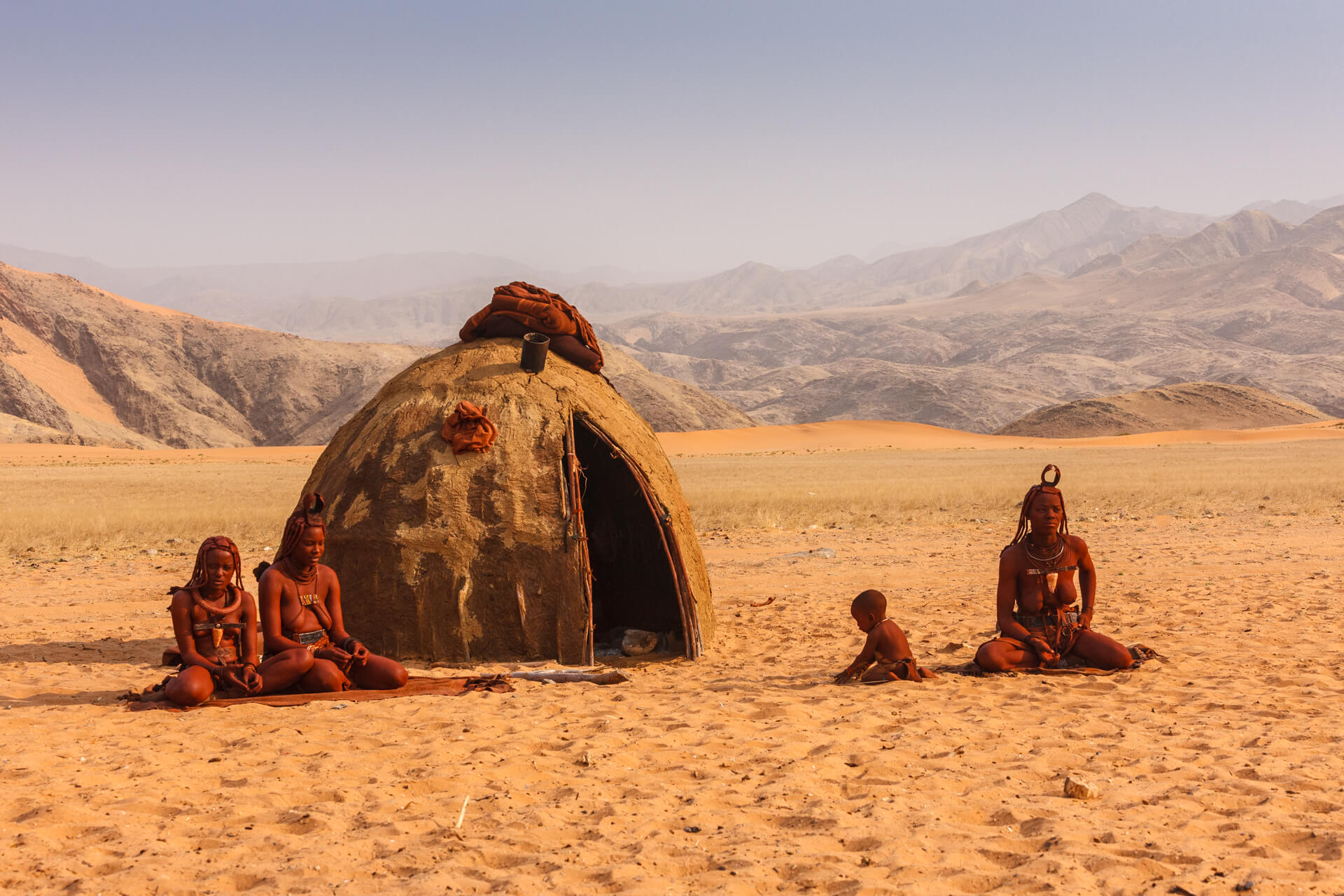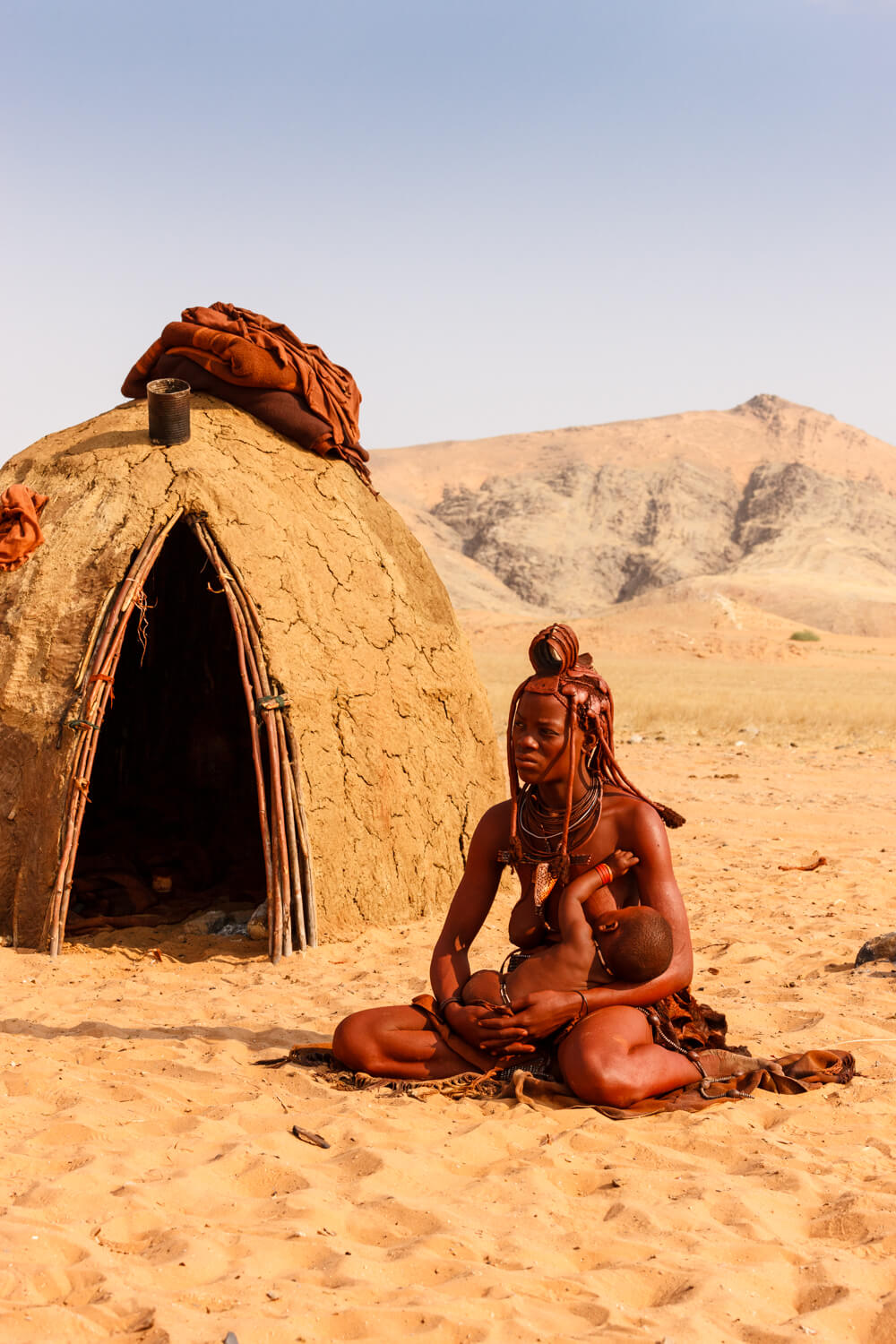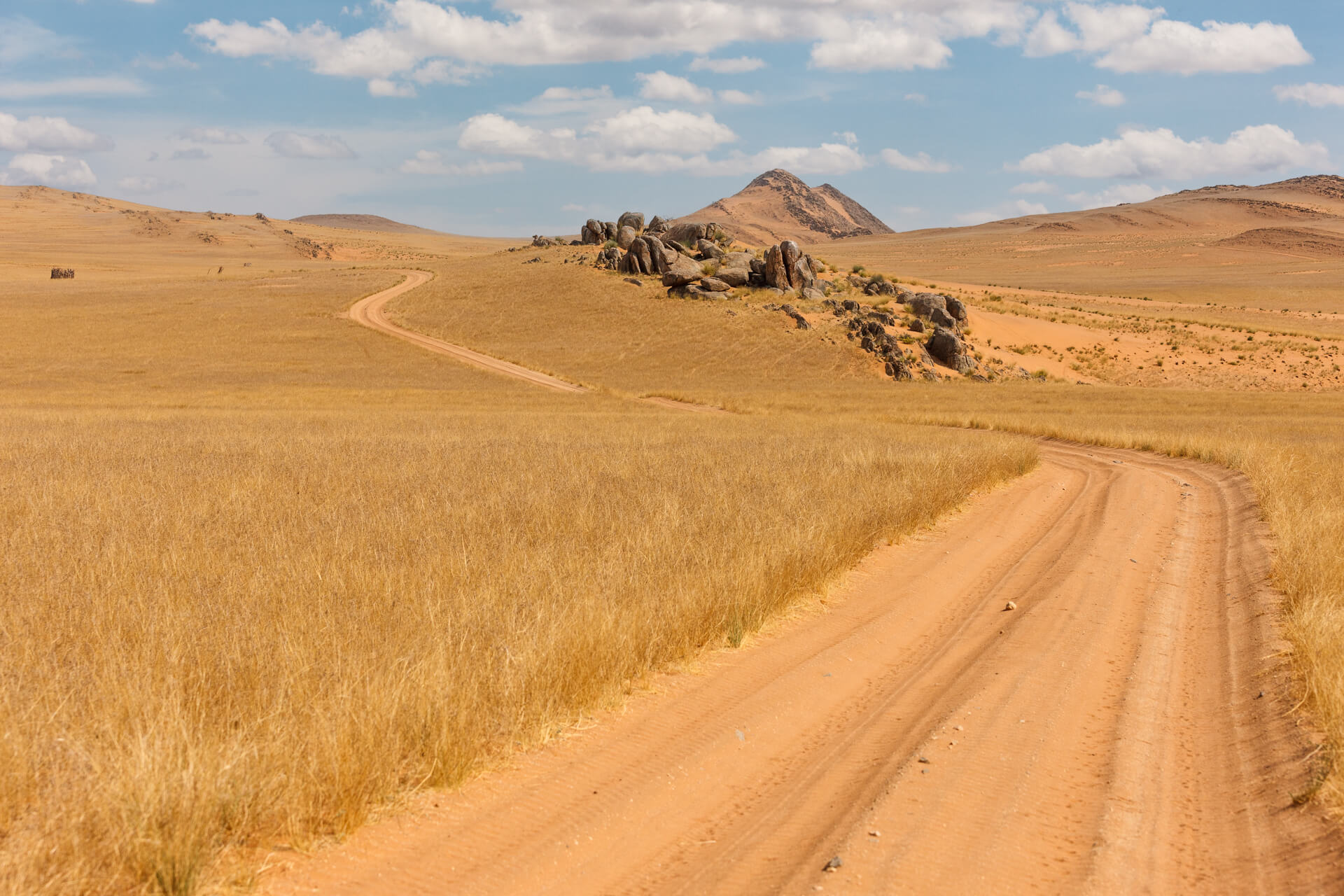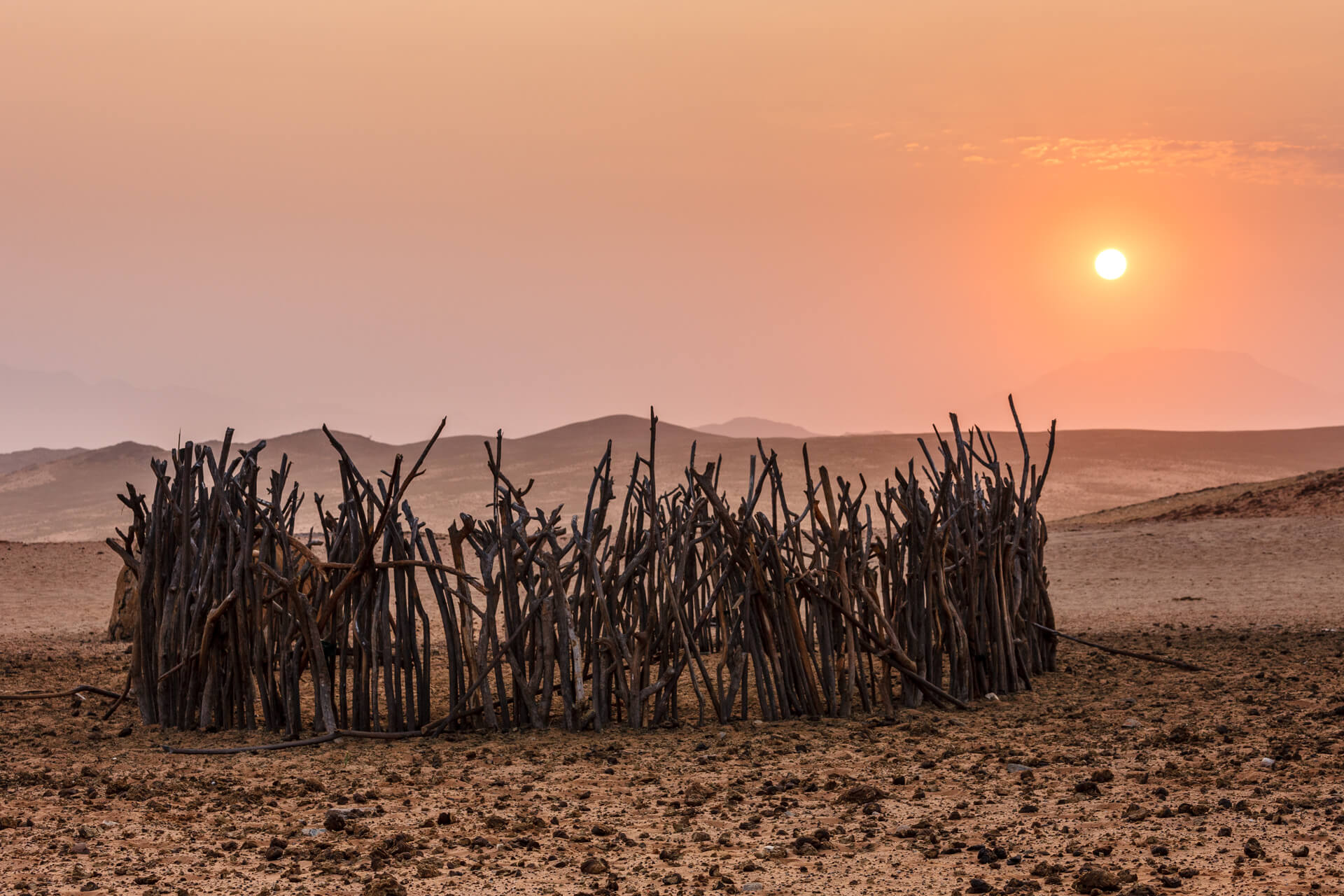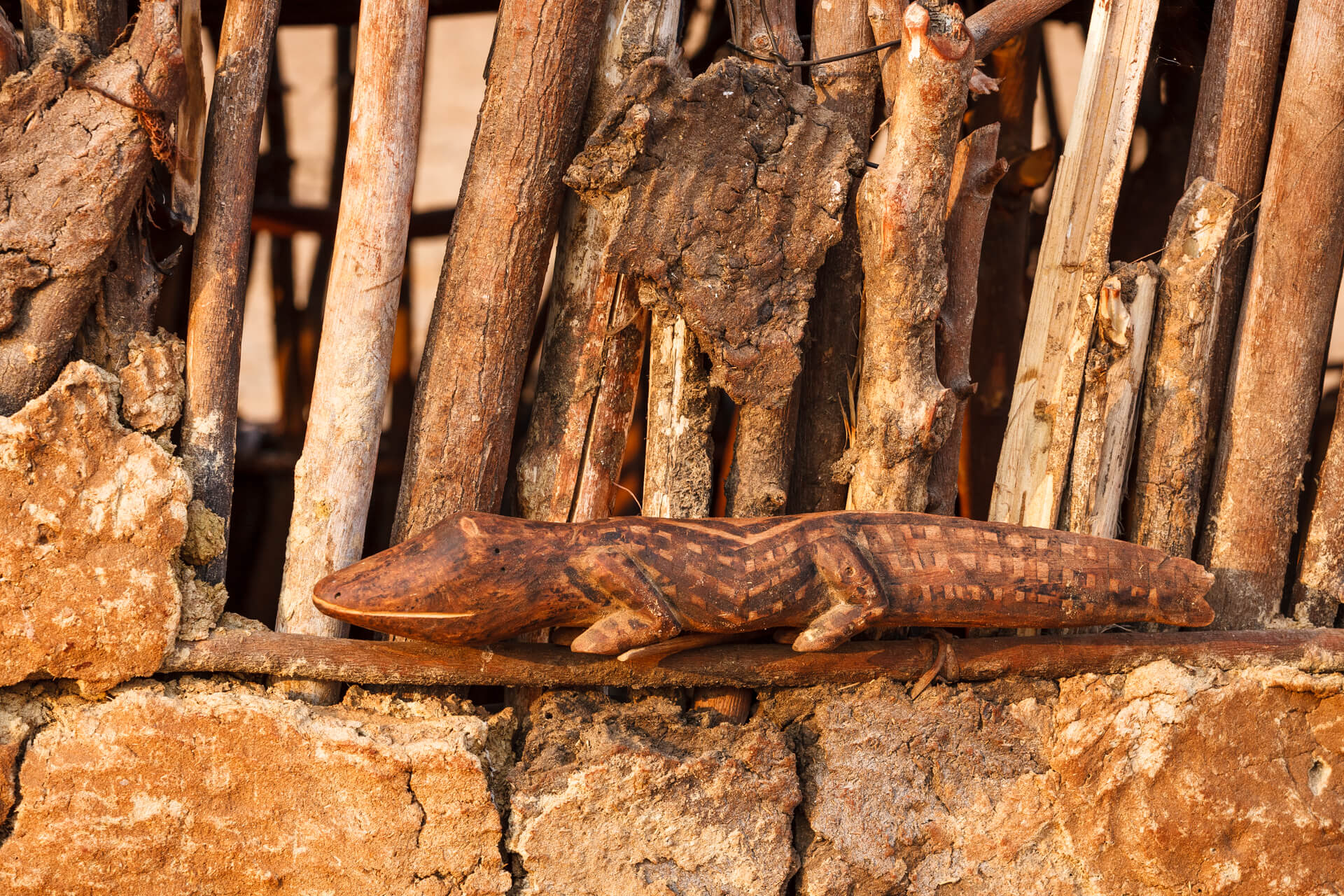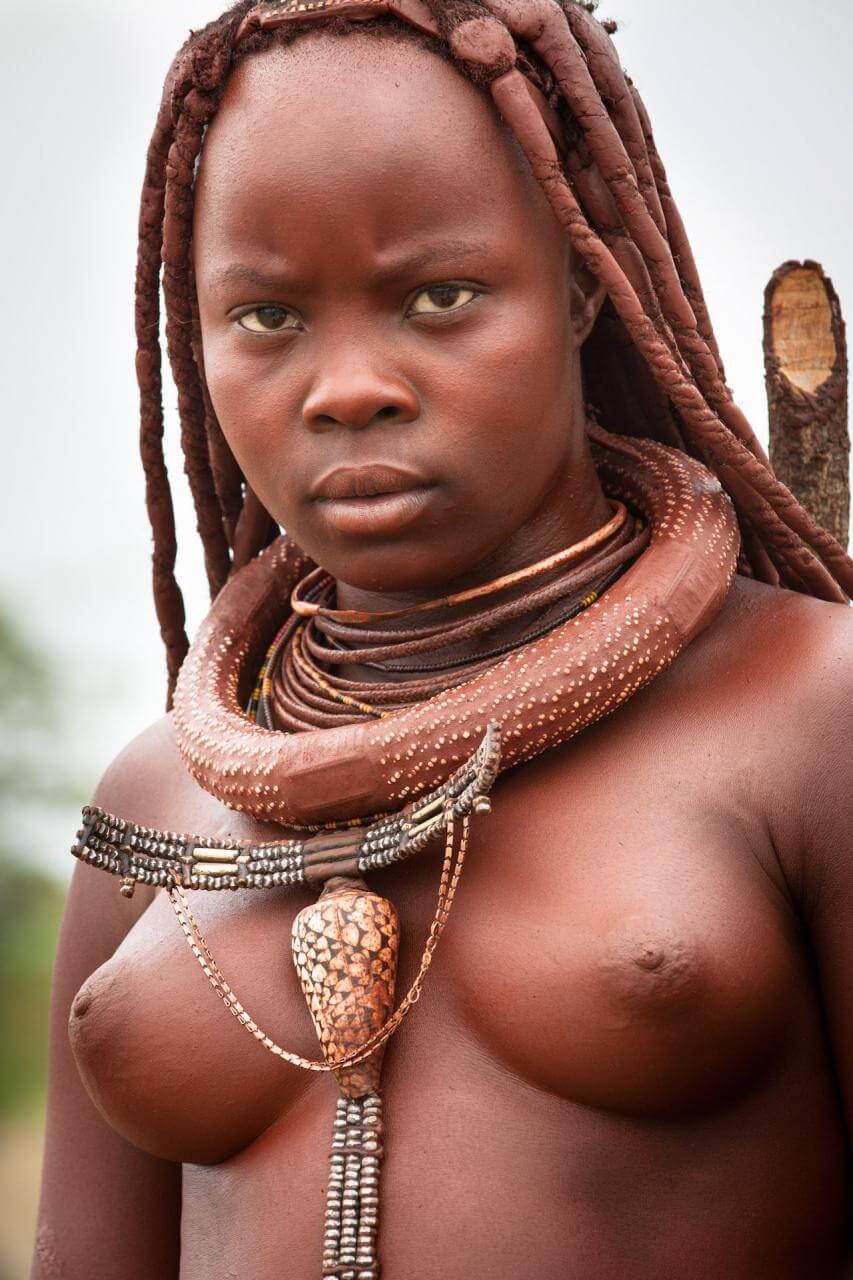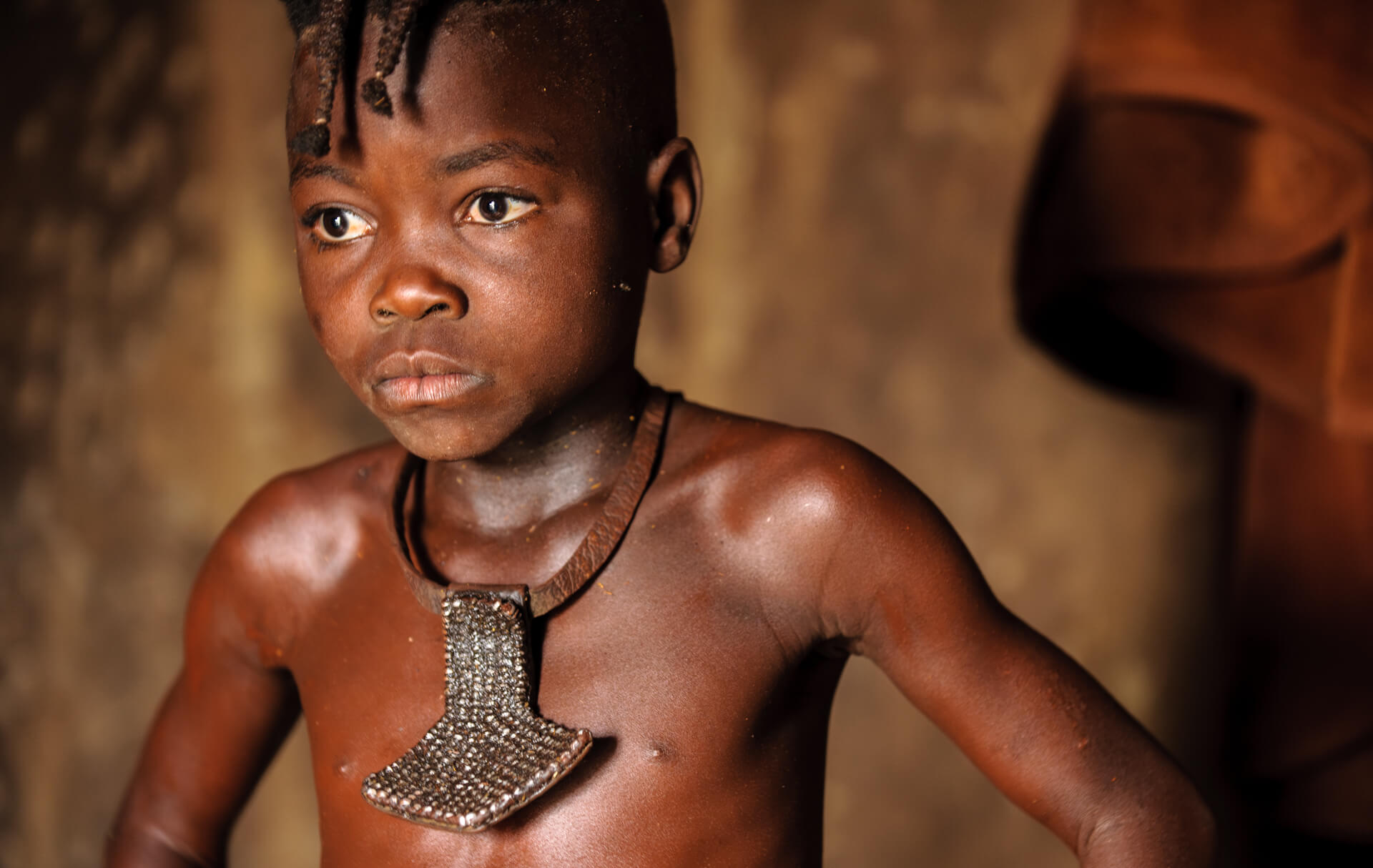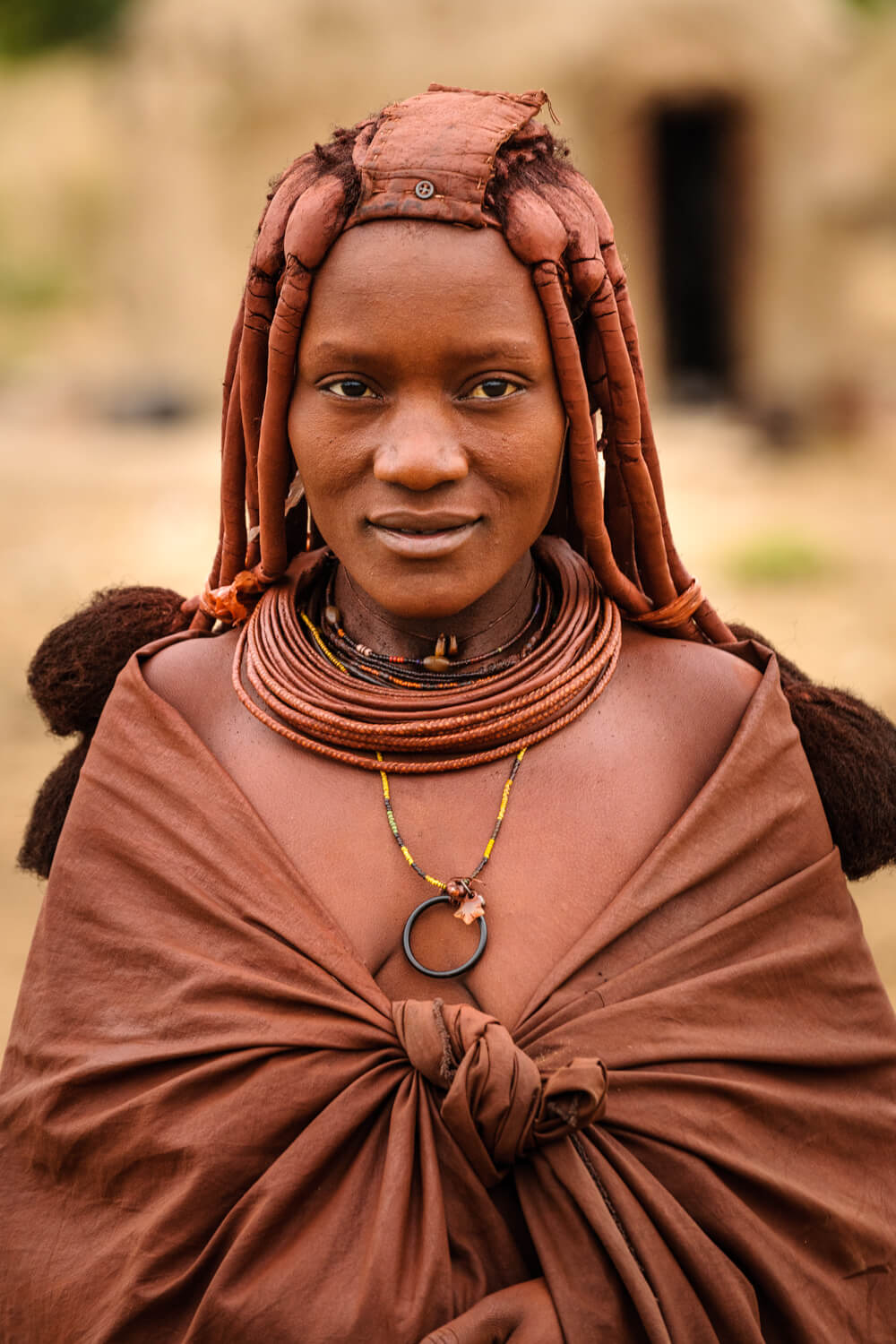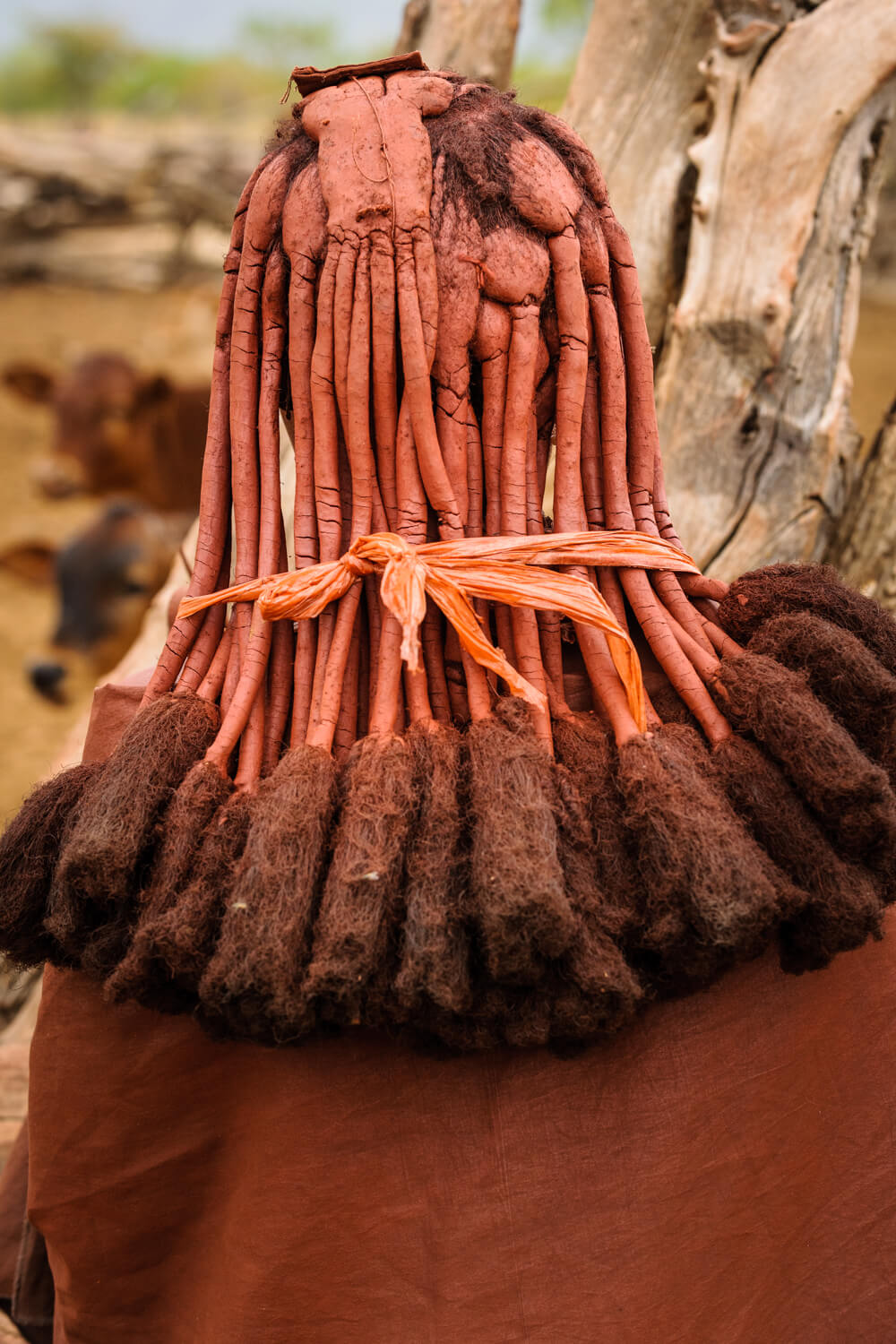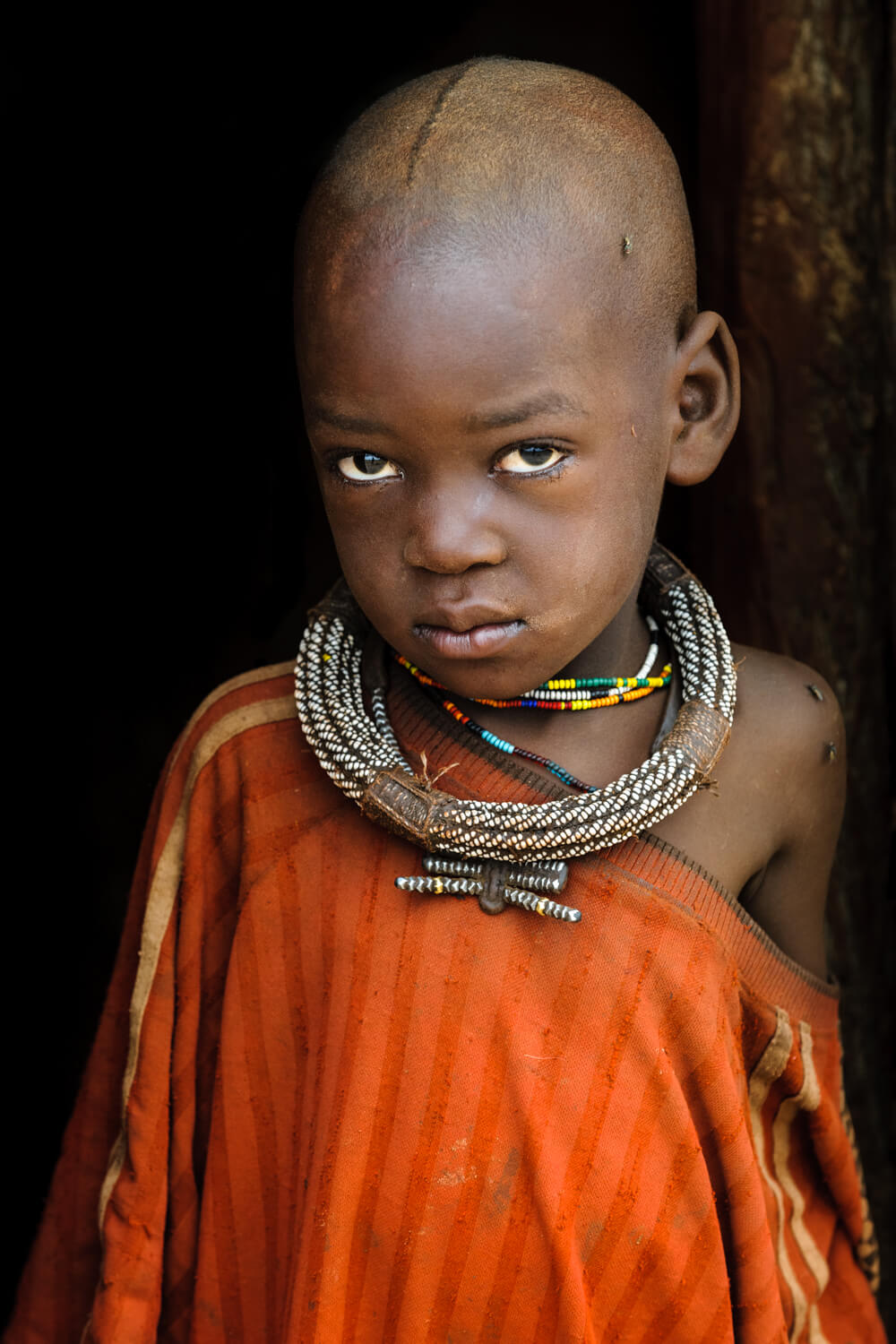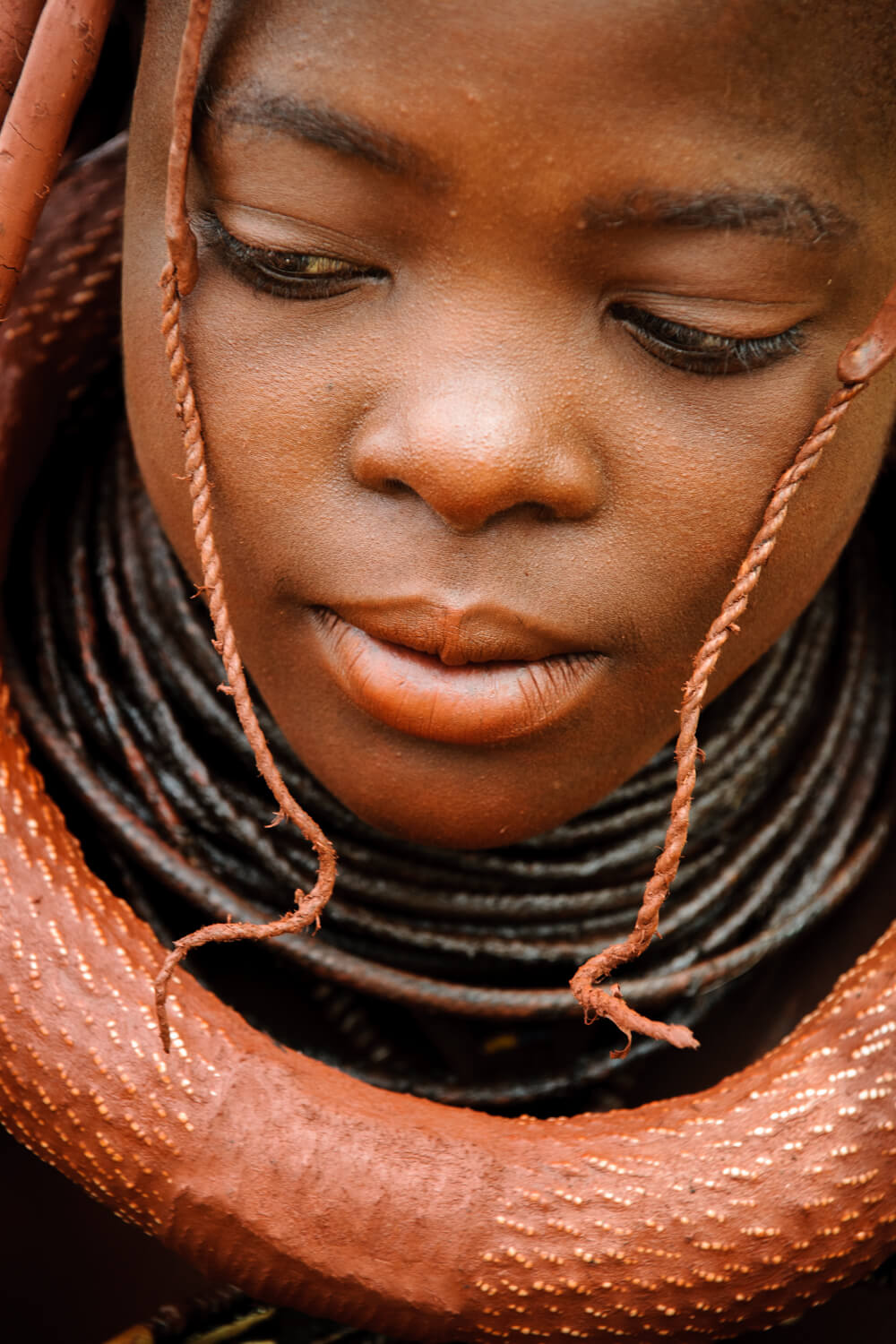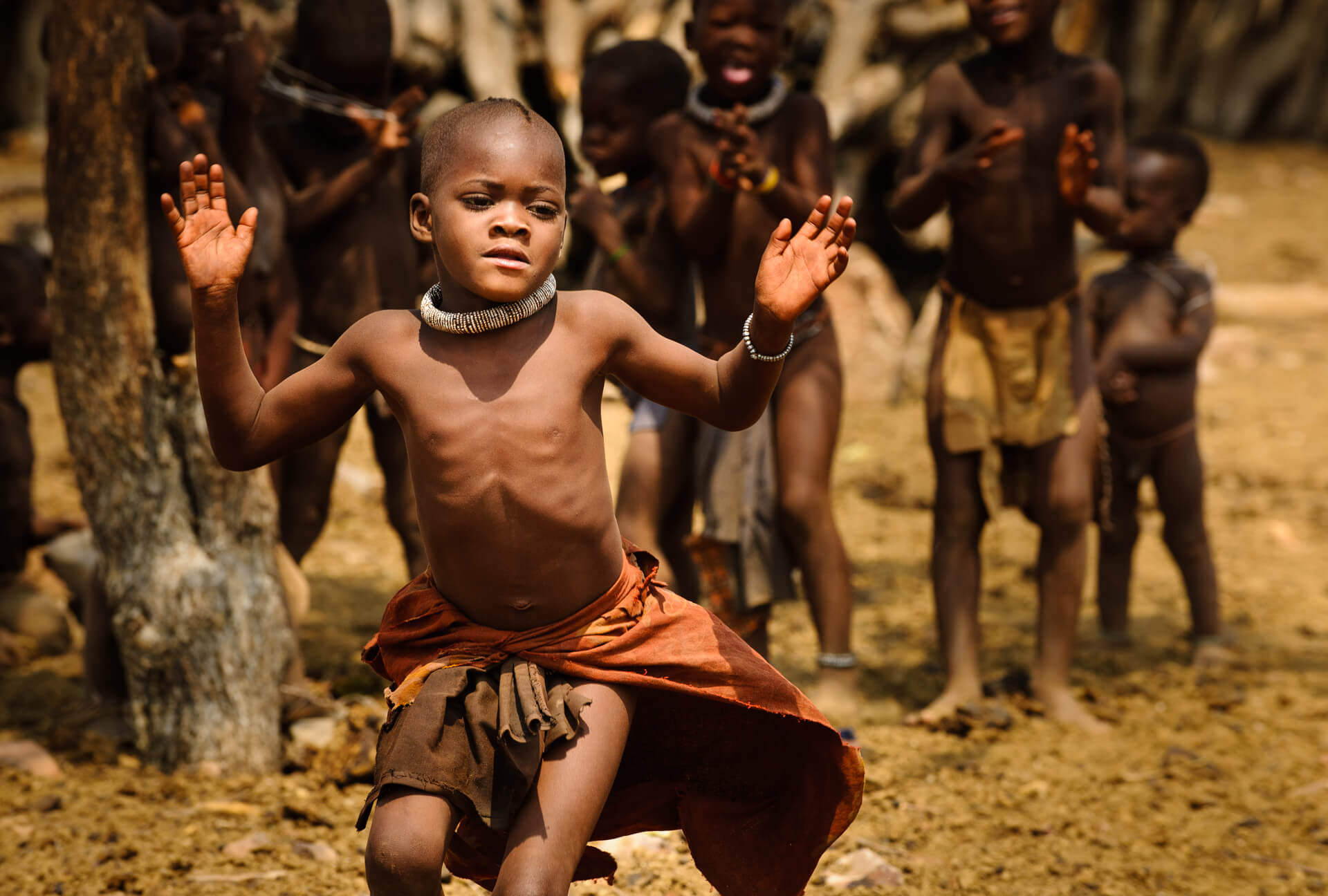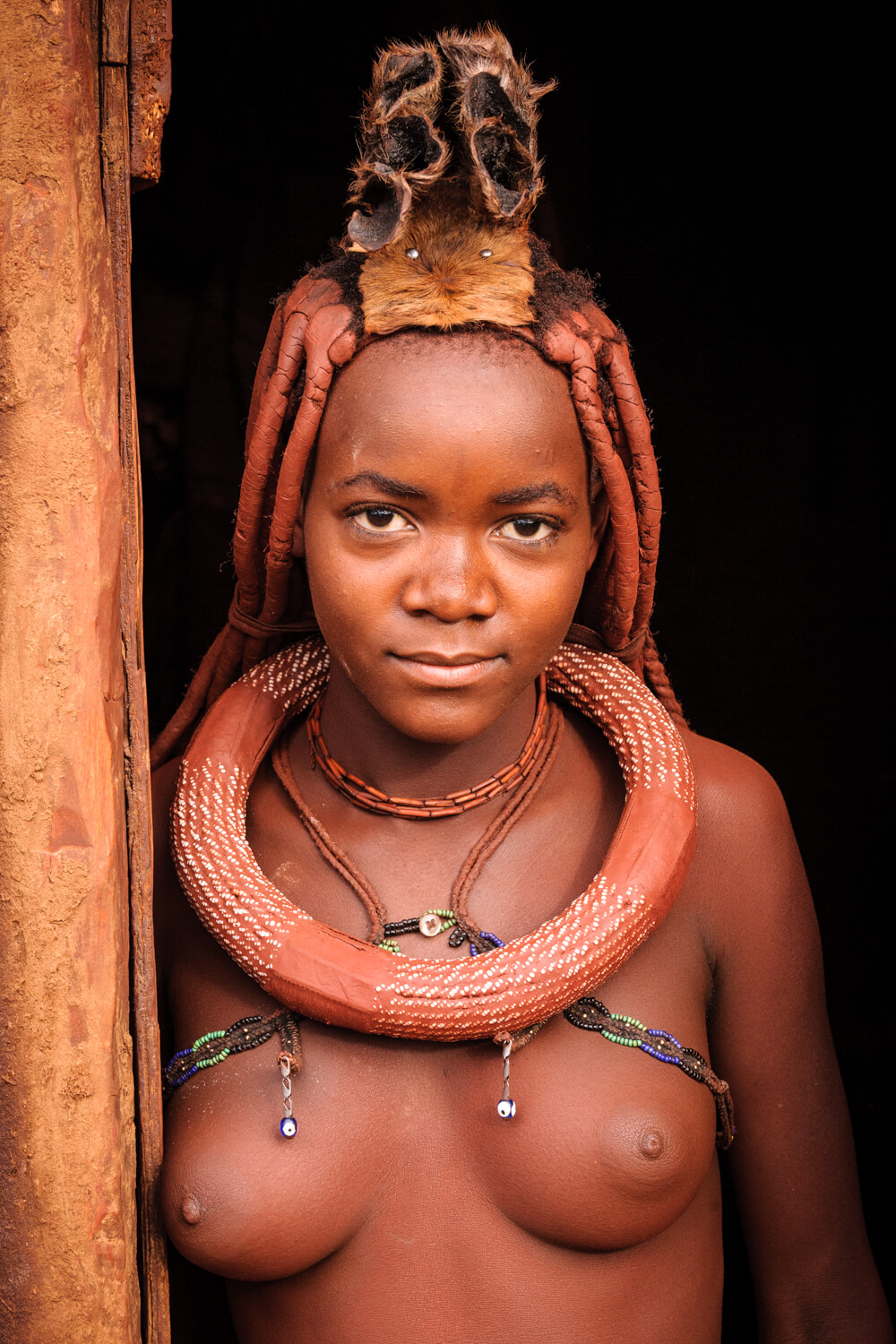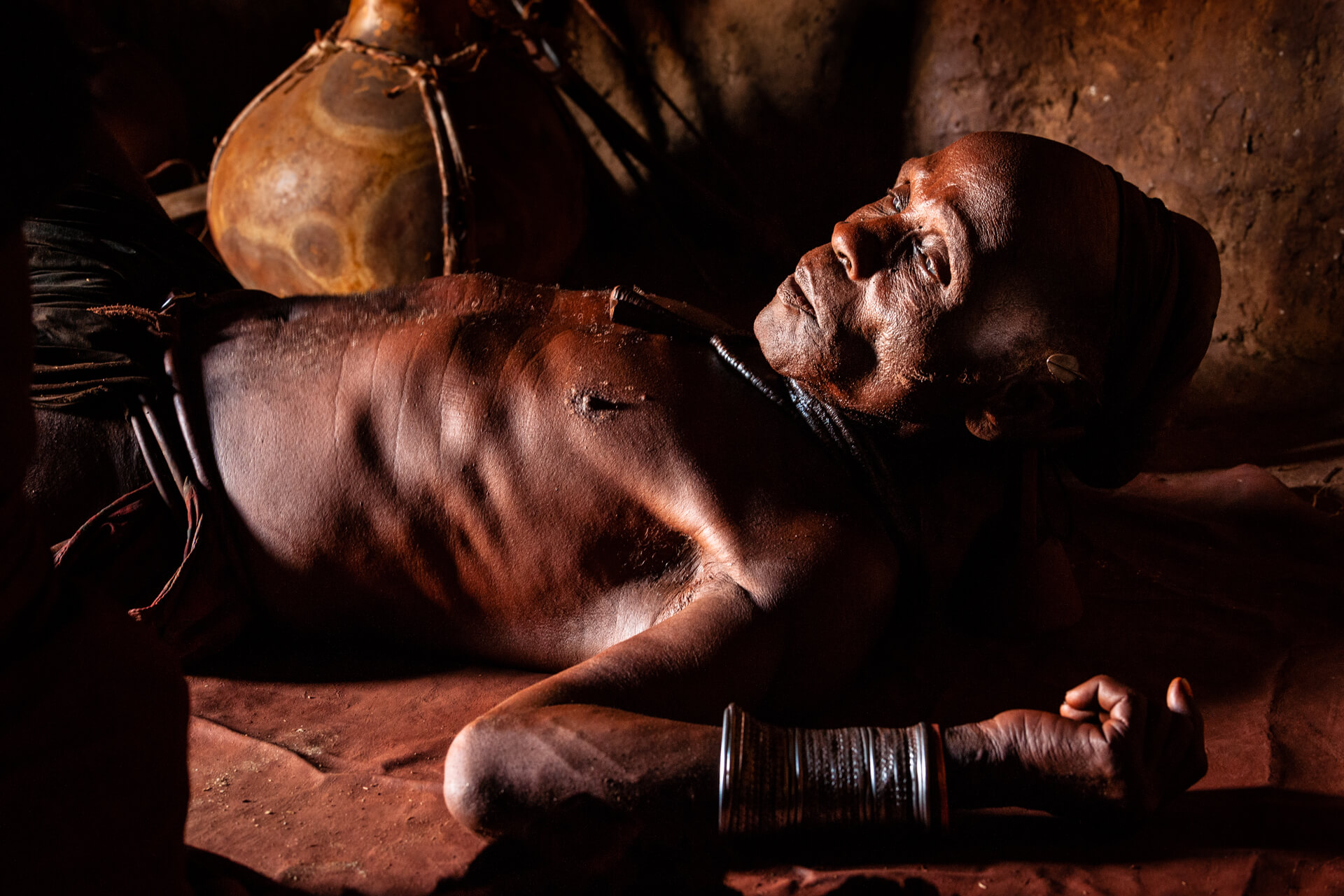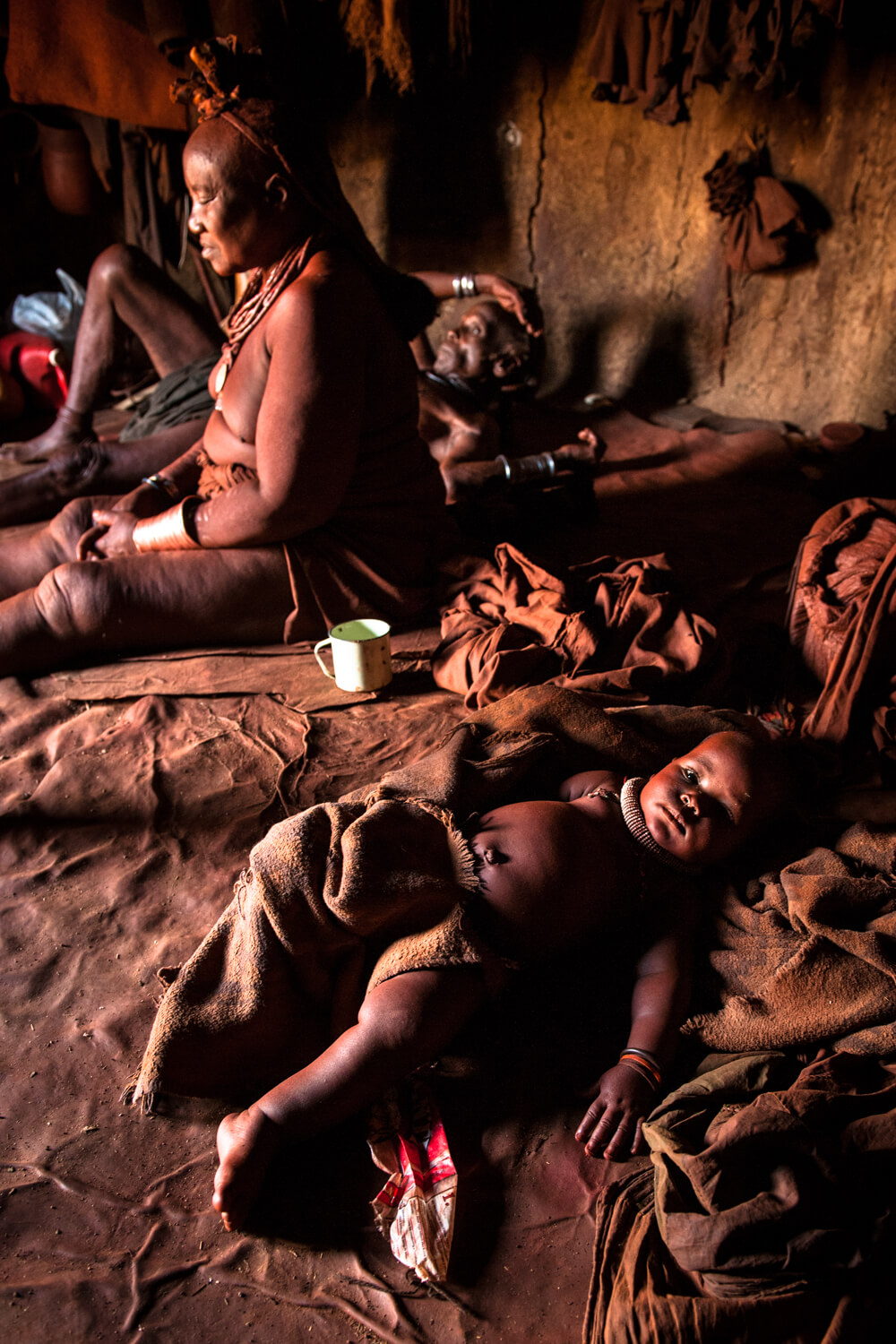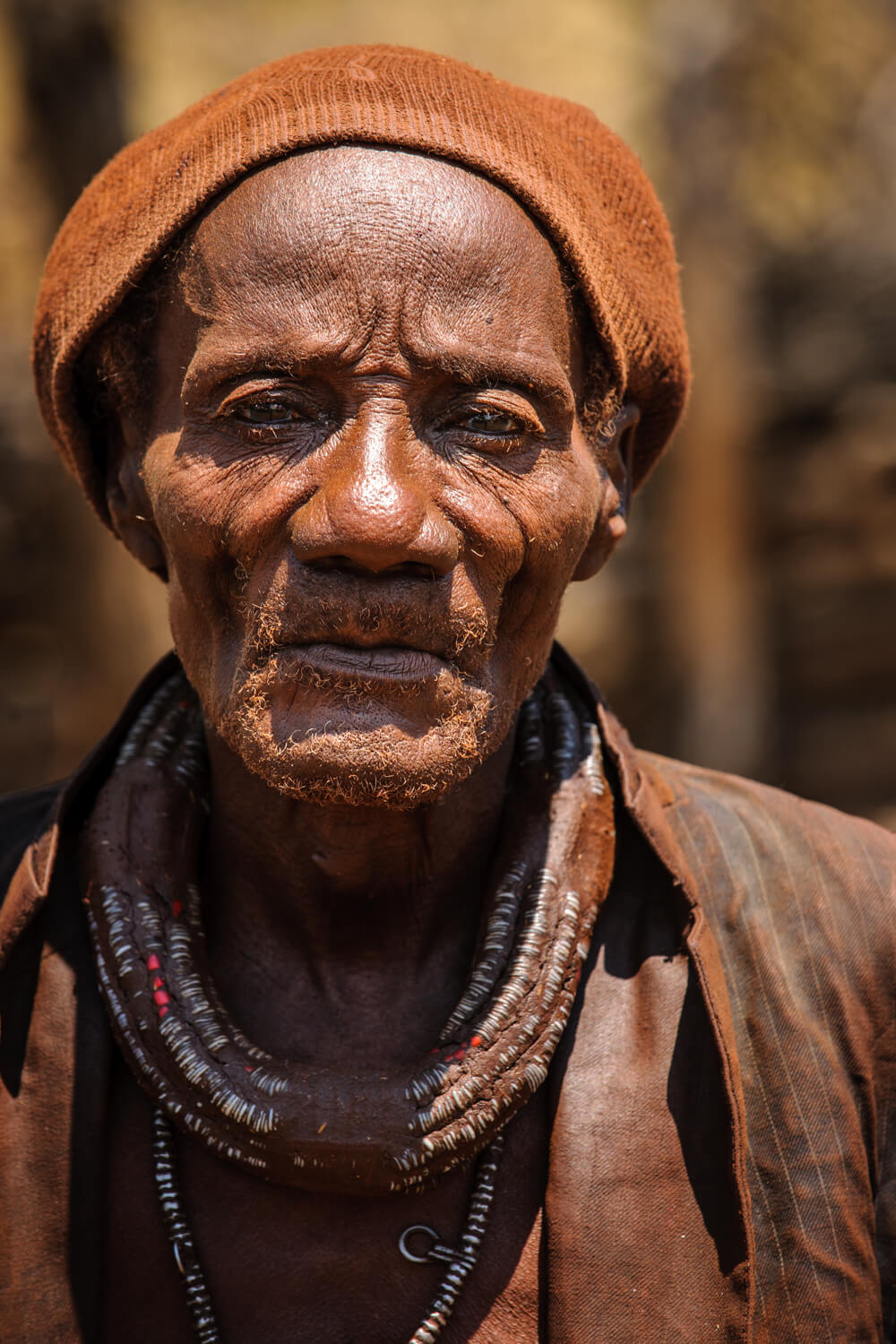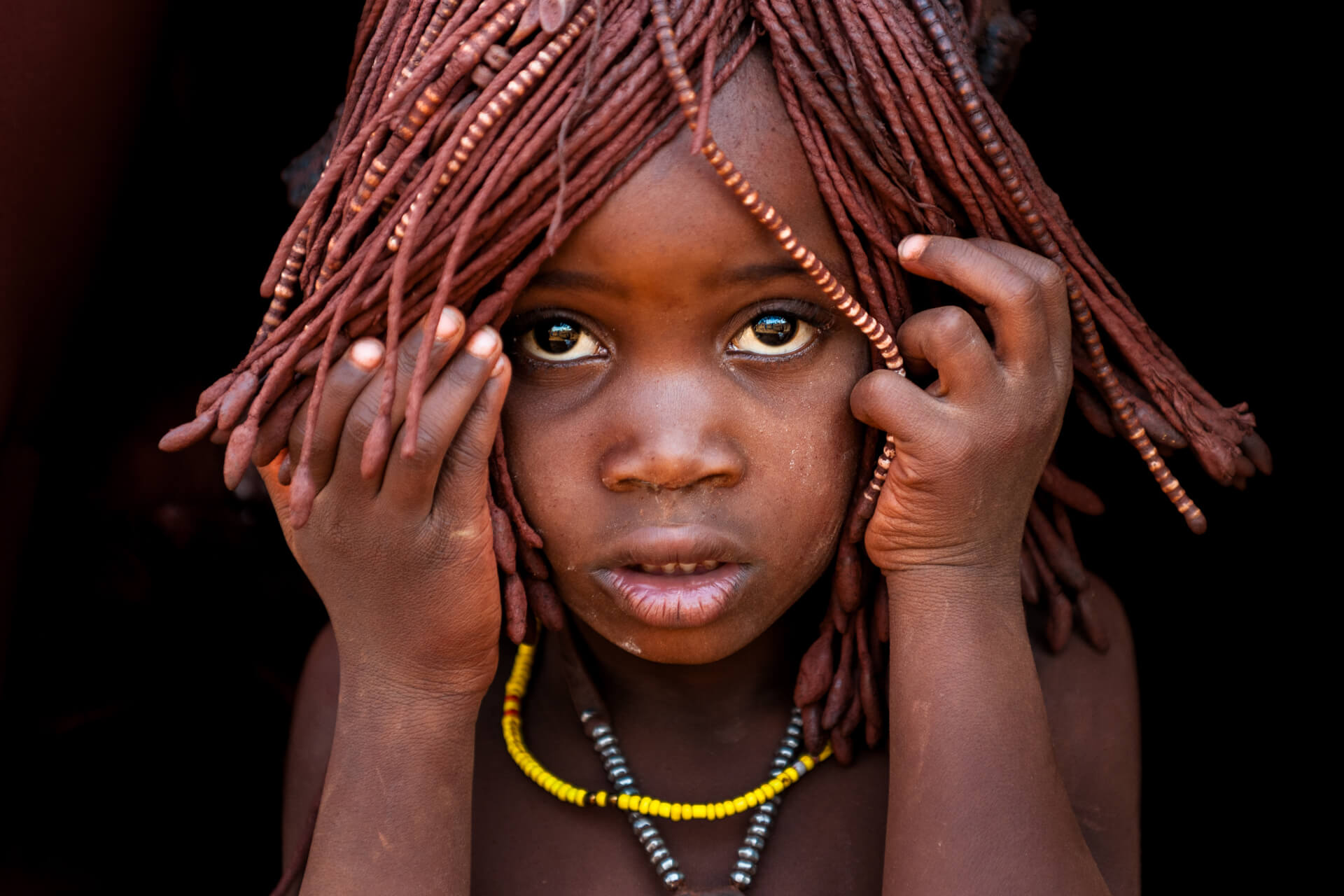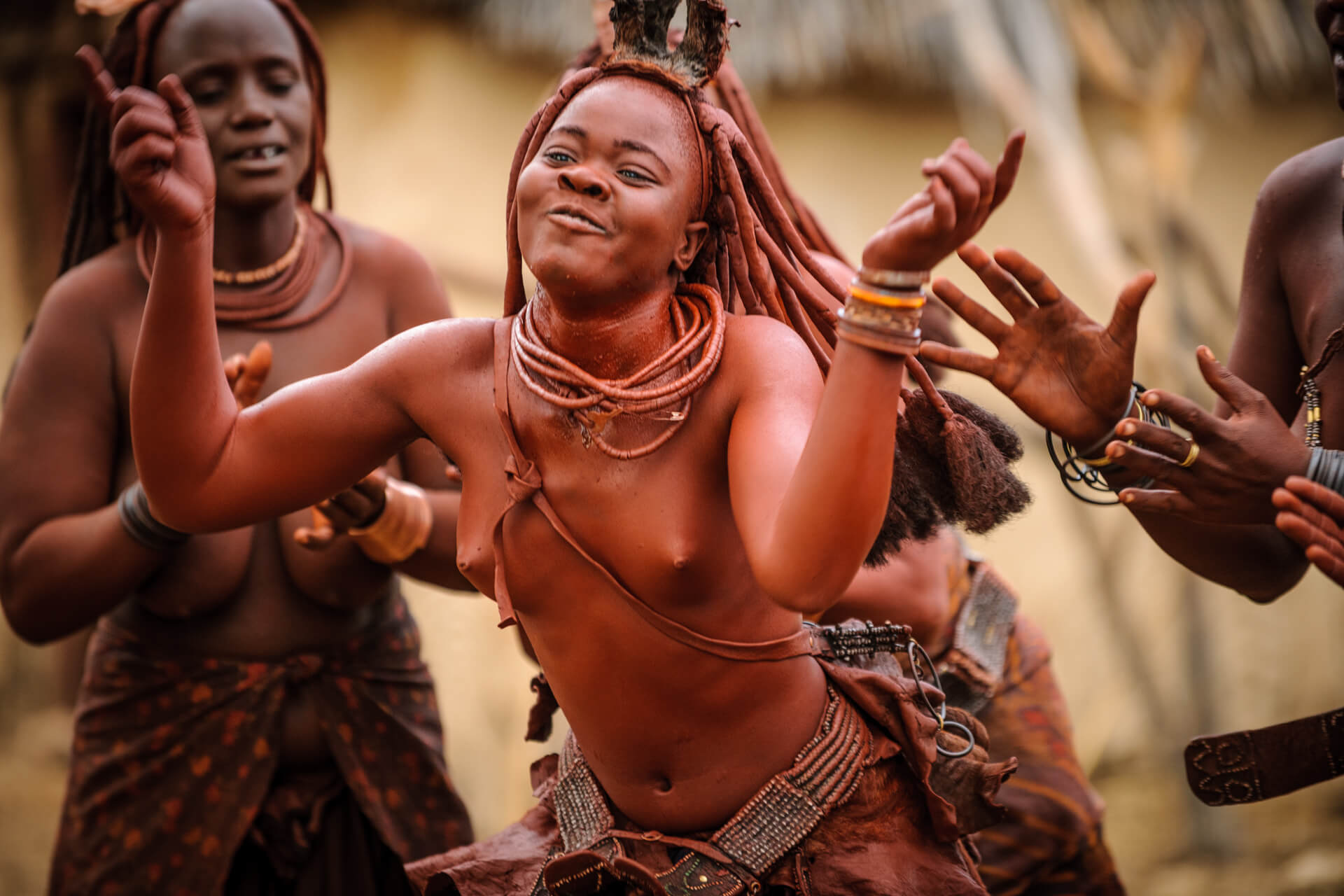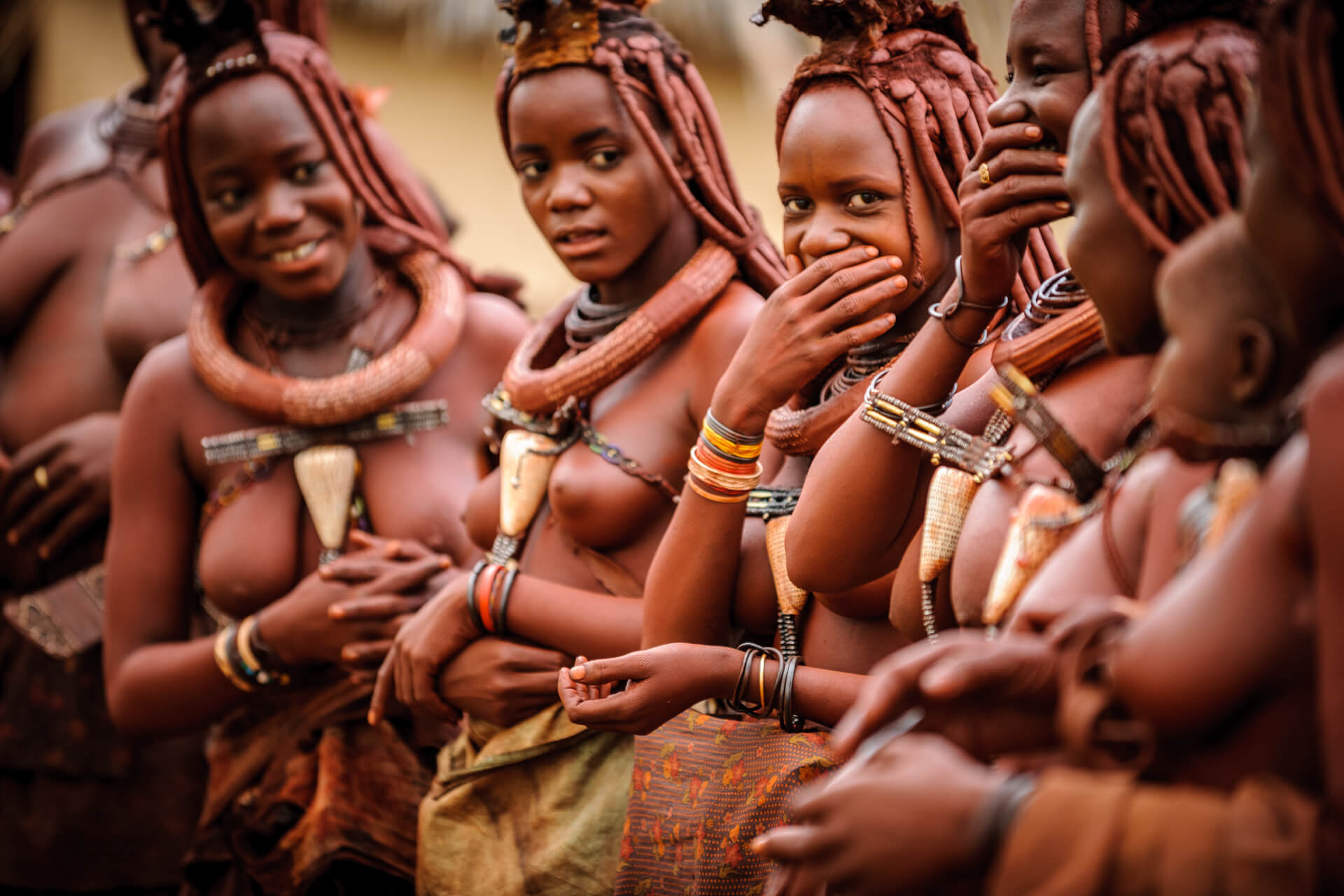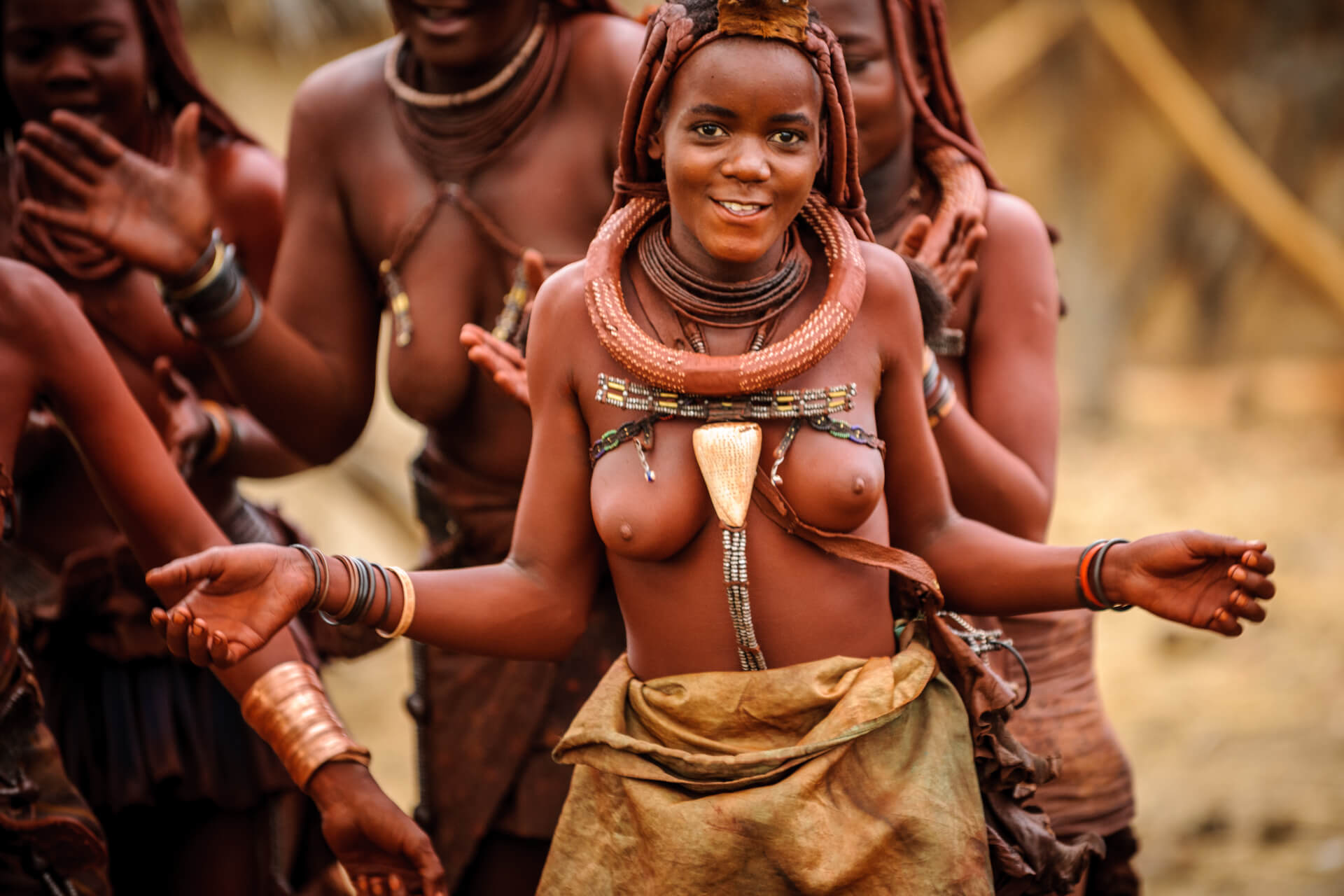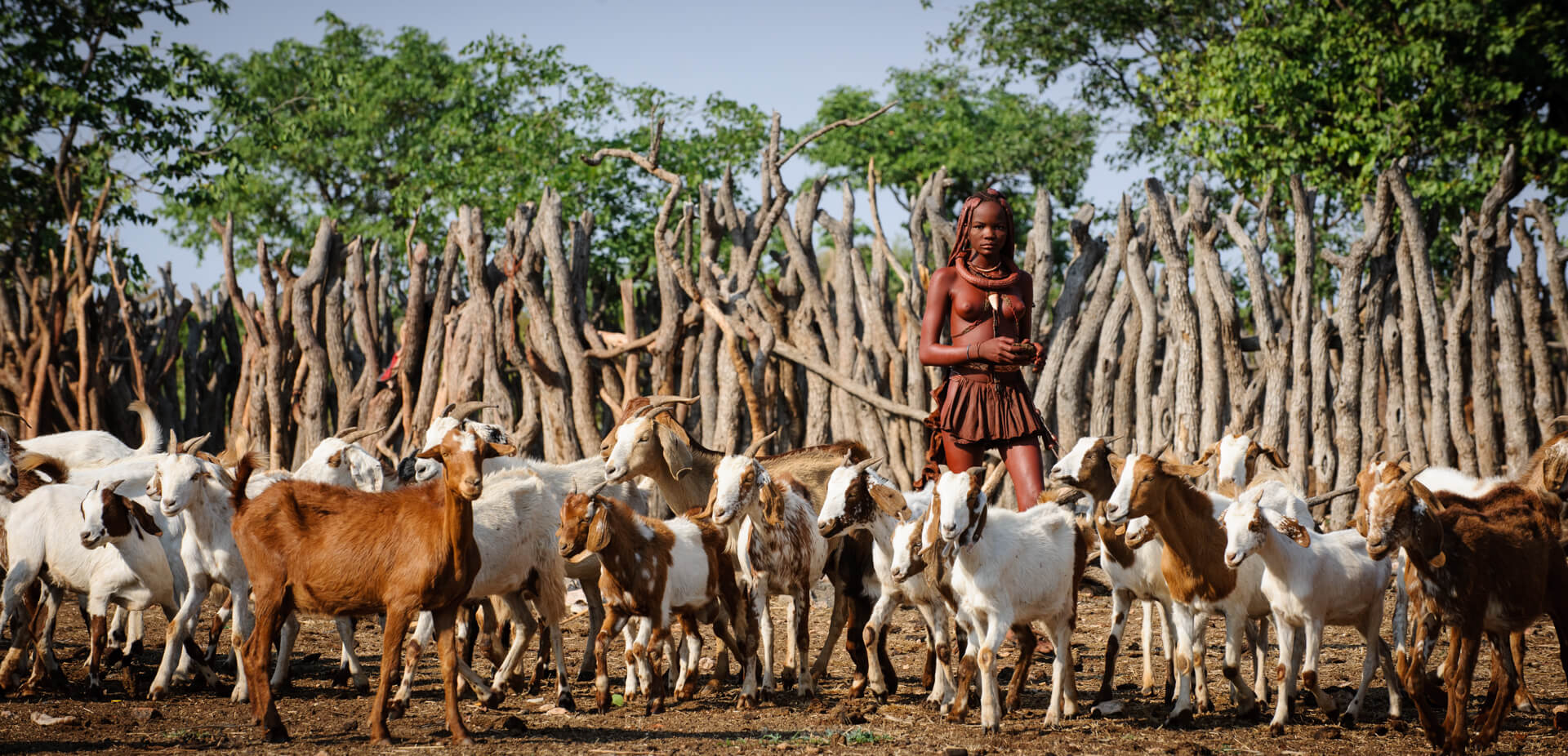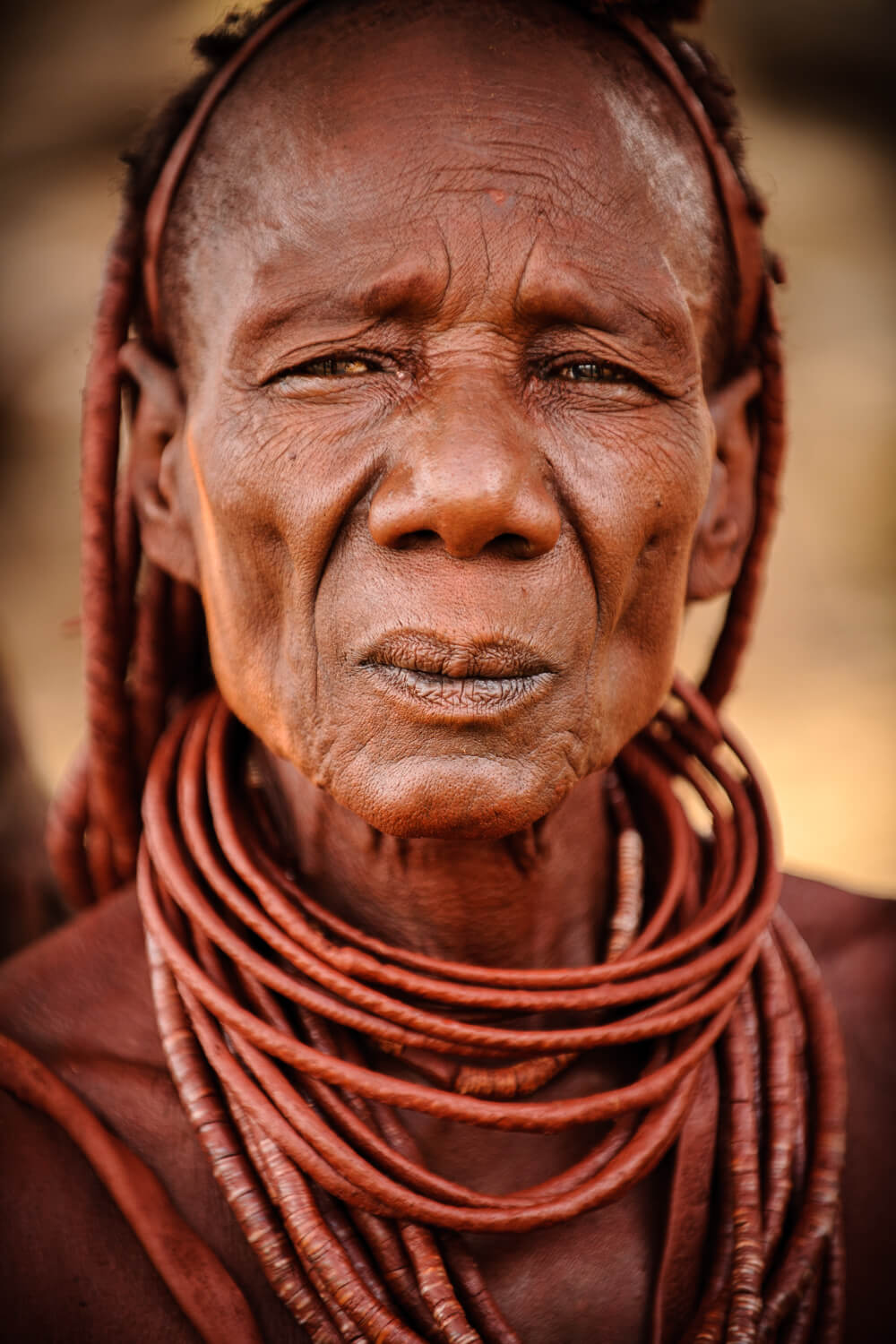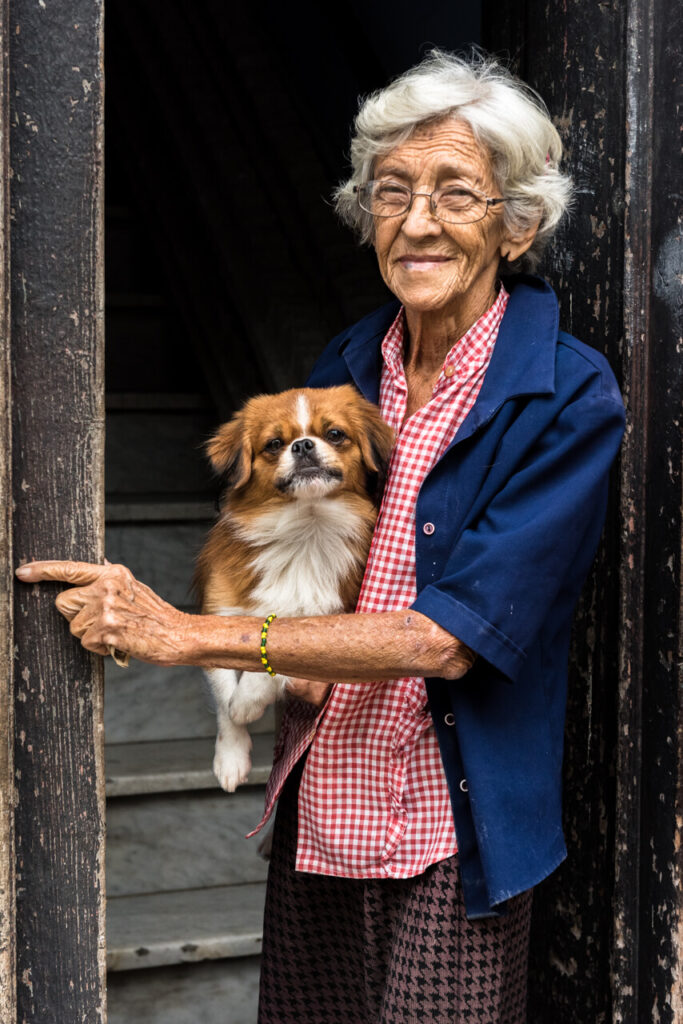Himba People, Namibia
Visiting the Himba people in northern Namibia was a remarkable experience. These semi-nomadic pastoralists have maintained a traditional way of life that sets them apart in the modern world. What struck me immediately was their distinct appearance, both women and men often cover their skin with a paste made of red ochre mixed with animal fat. This not only protects their skin from the harsh desert sun but also gives it a striking reddish hue that is deeply symbolic of the earth and blood, elements central to life.
The Himba are fiercely proud of their heritage. Their wealth and livelihood revolve around goats and cattle, which form the core of their economy and cultural identity. Goats, in particular, are a vital part of their sustenance, currency, and social structure.
The community lives in small, scattered settlements composed of cone-shaped huts made from a mix of mud, dung, and wood. Their society is organized around extended families and guided by strong traditions. Despite growing tourism and external influences, many Himba continue to resist assimilation into mainstream culture, holding tightly to their language, beliefs, and customs.
Historically, the Himba are descendants of the Herero people and settled in this arid region centuries ago. Their resilience has helped them survive colonial disruptions, droughts, and increasing pressure from modern development. The Namibian government has recognized their importance as a cultural group, though tensions sometimes arise over land rights and development projects.
Photographing the Himba was both inspiring and humbling. I approached it slowly and respectfully, taking time to understand their rhythm and way of life before ever lifting my camera. The light in the region was beautiful, clean, bright, intense and the natural landscape formed a dramatic backdrop to the vivid reds of their skin and clothing.

